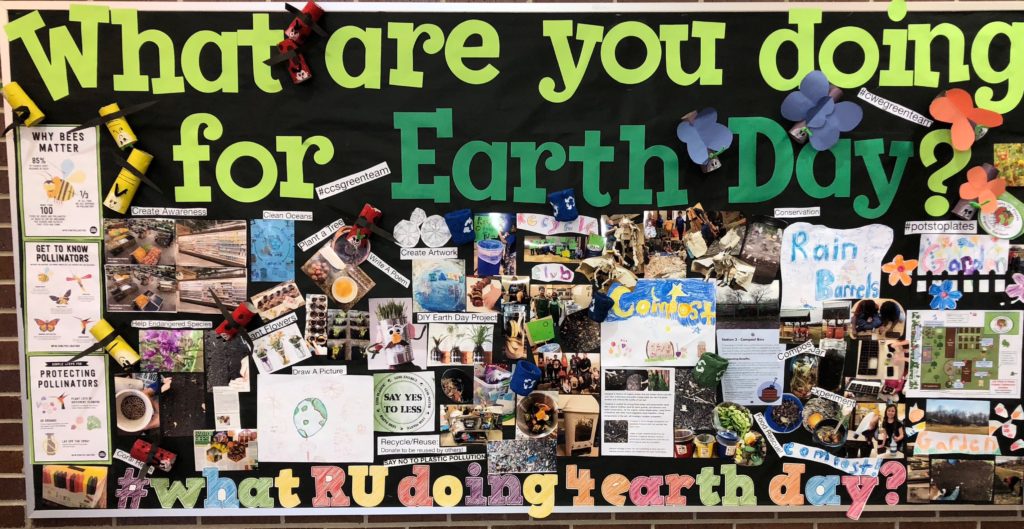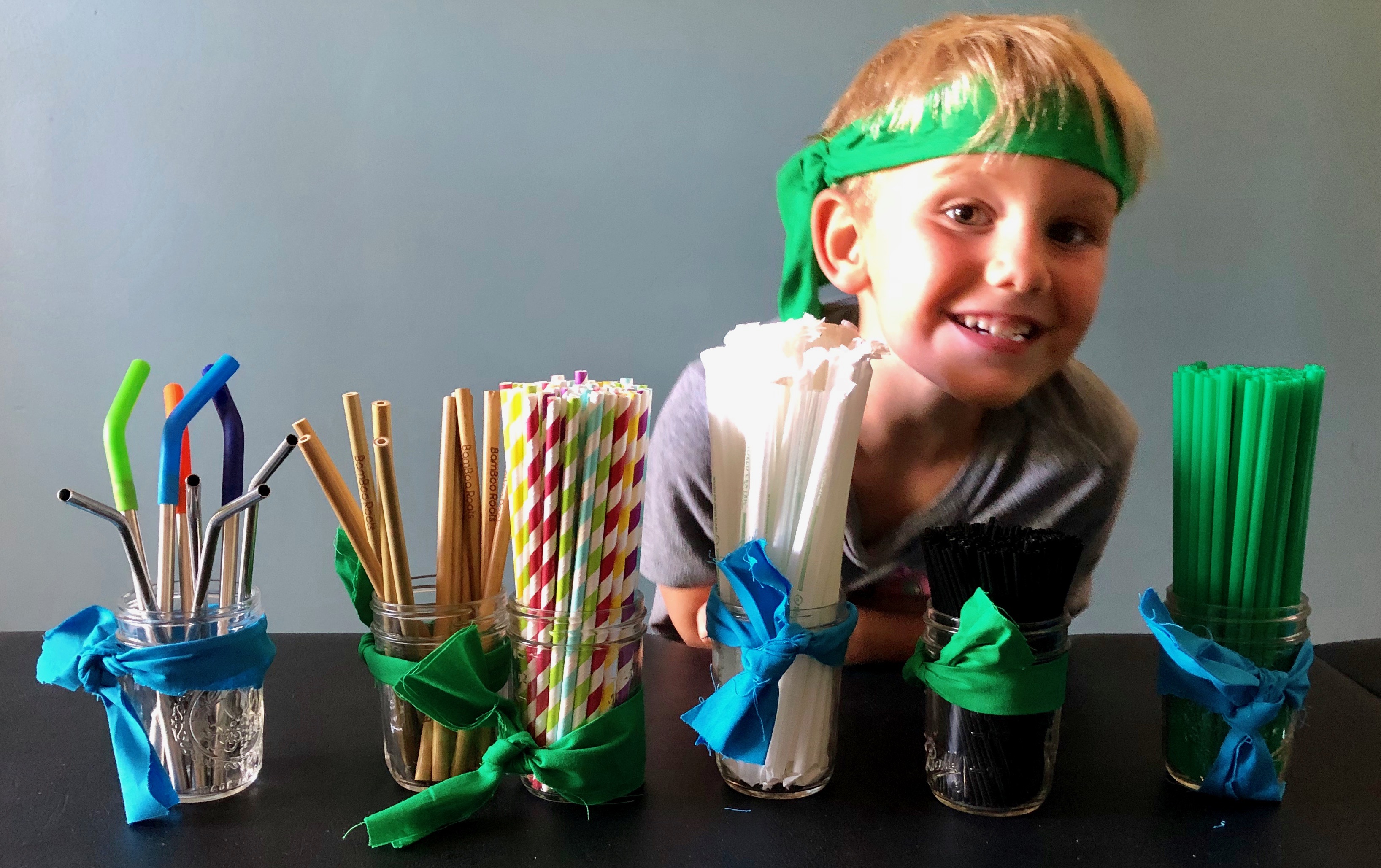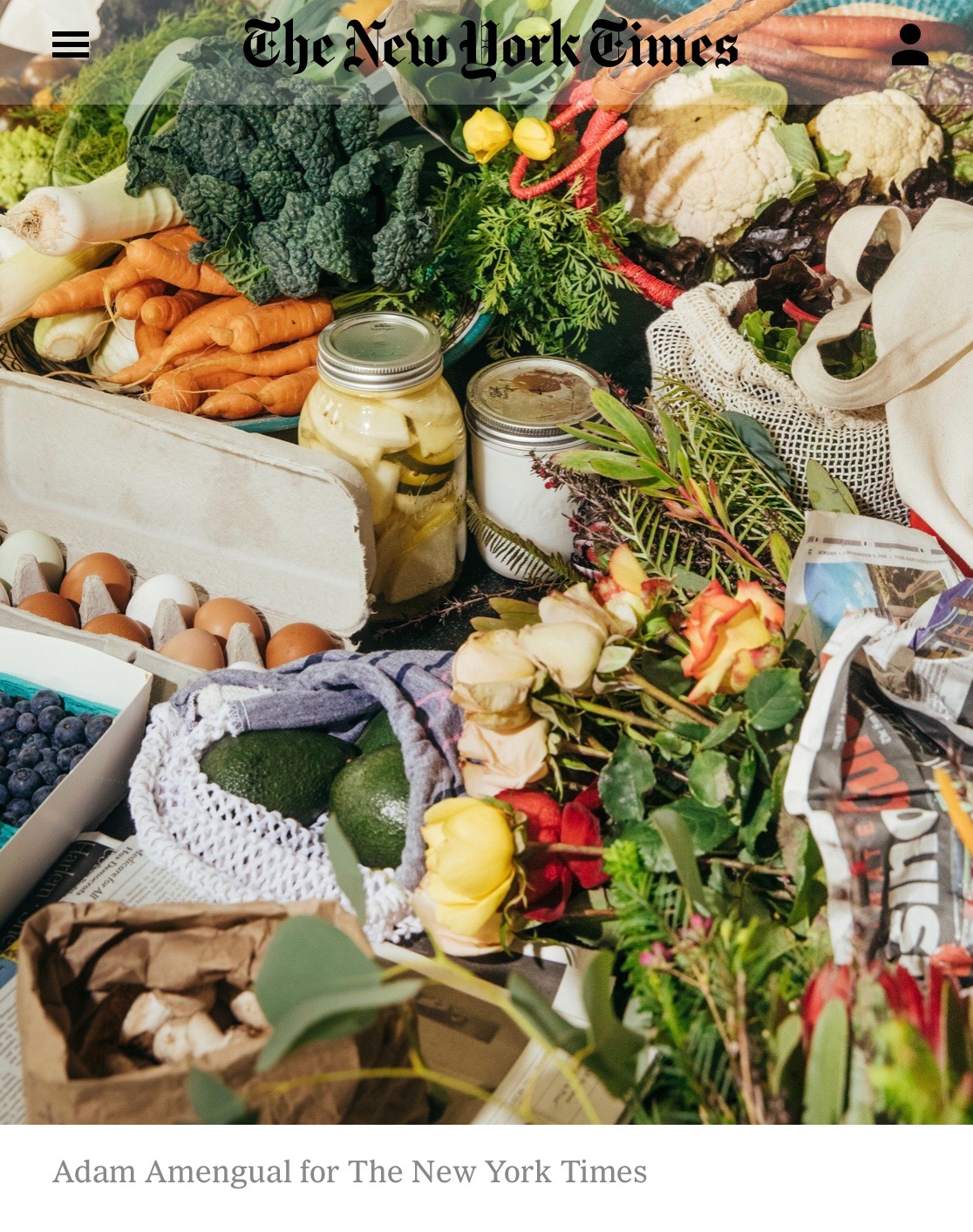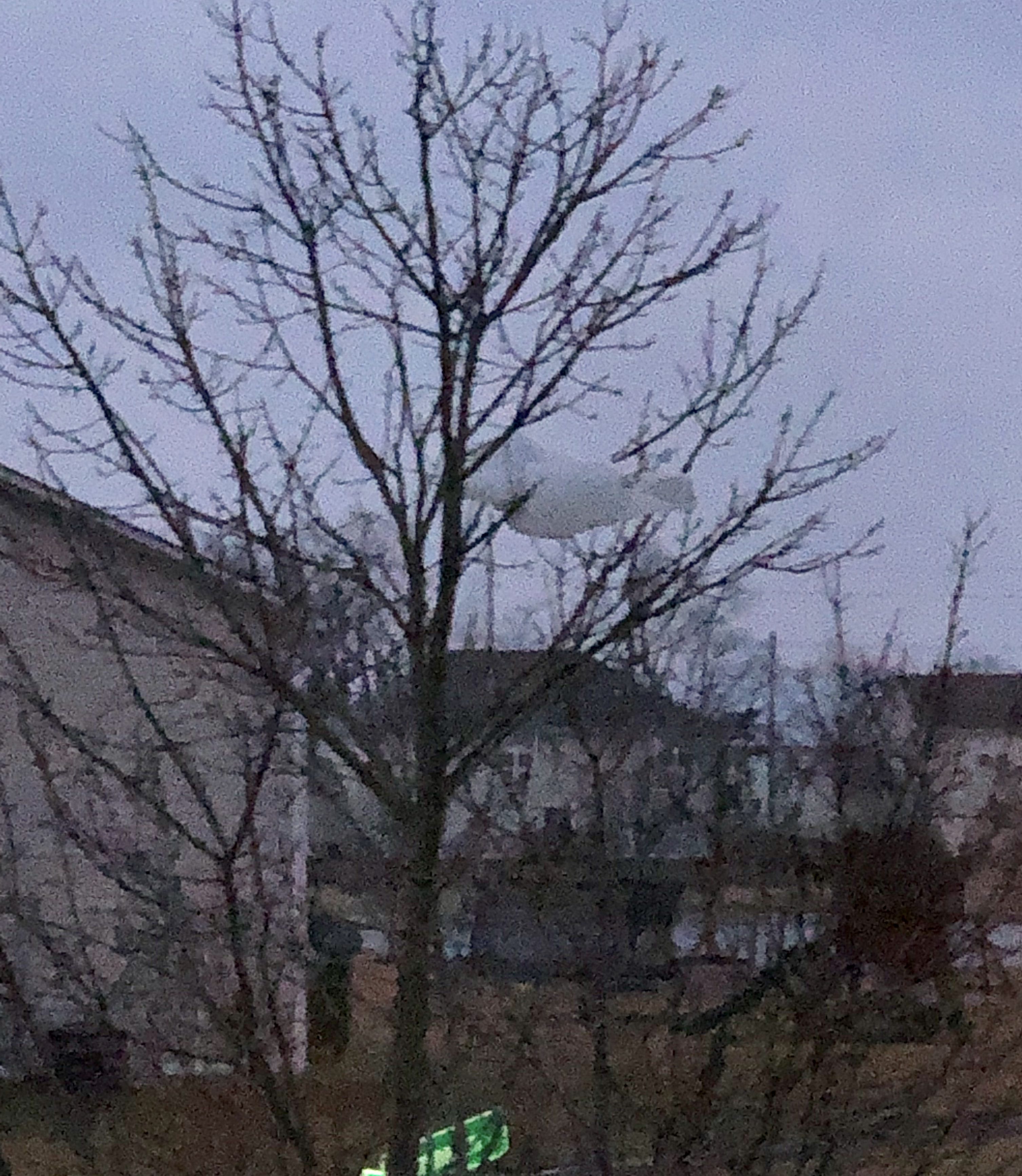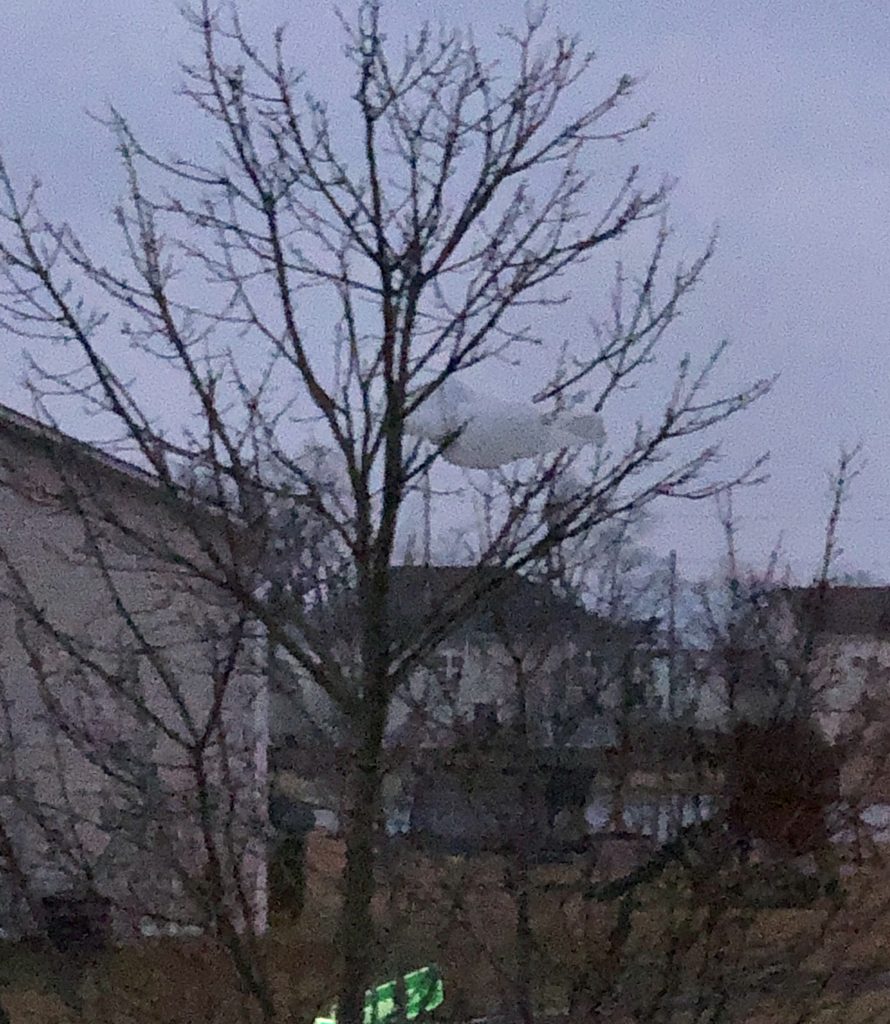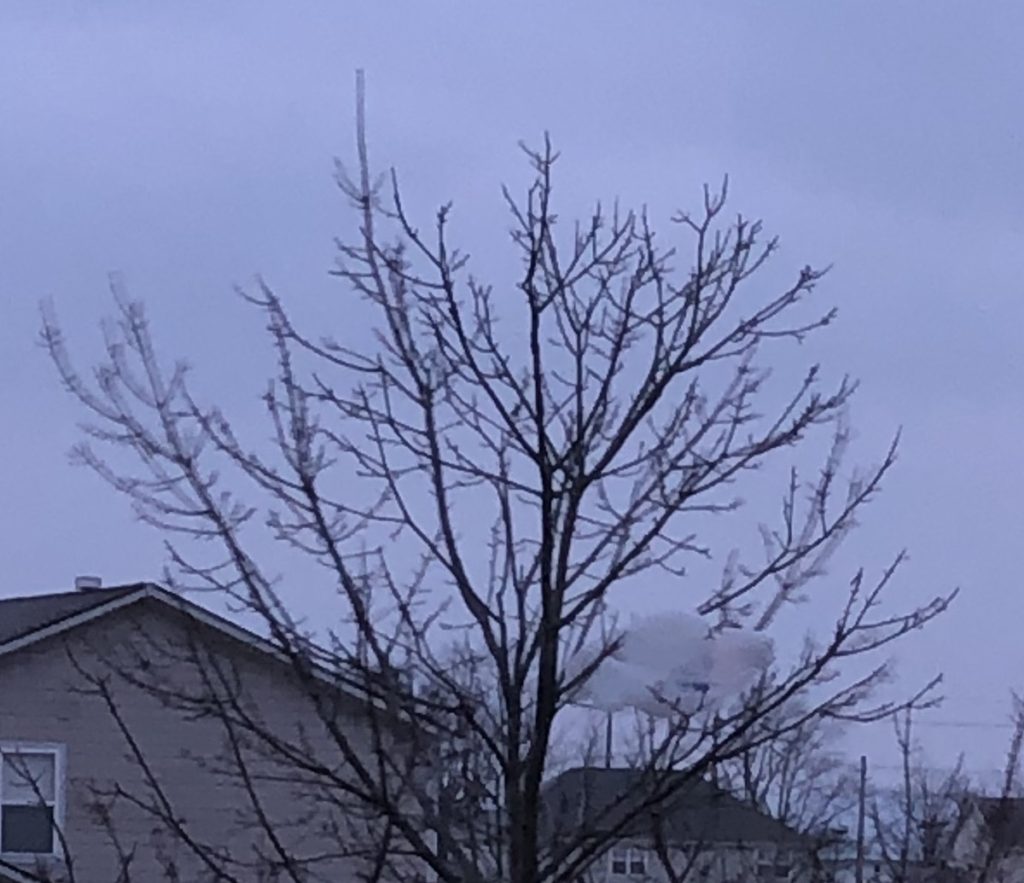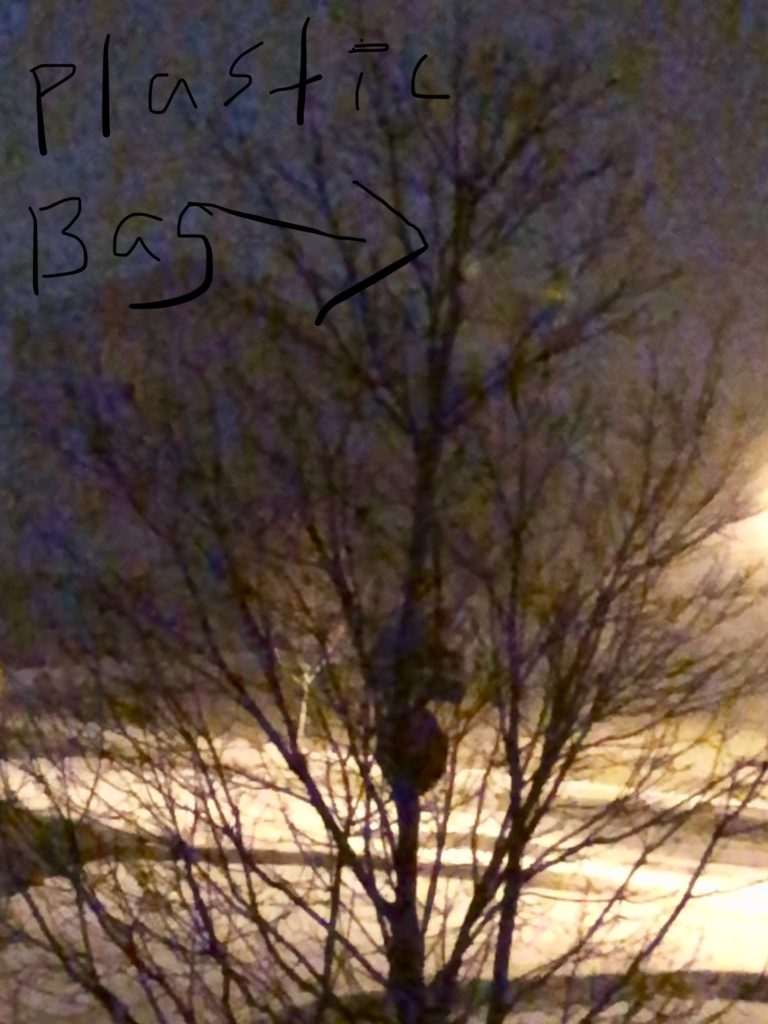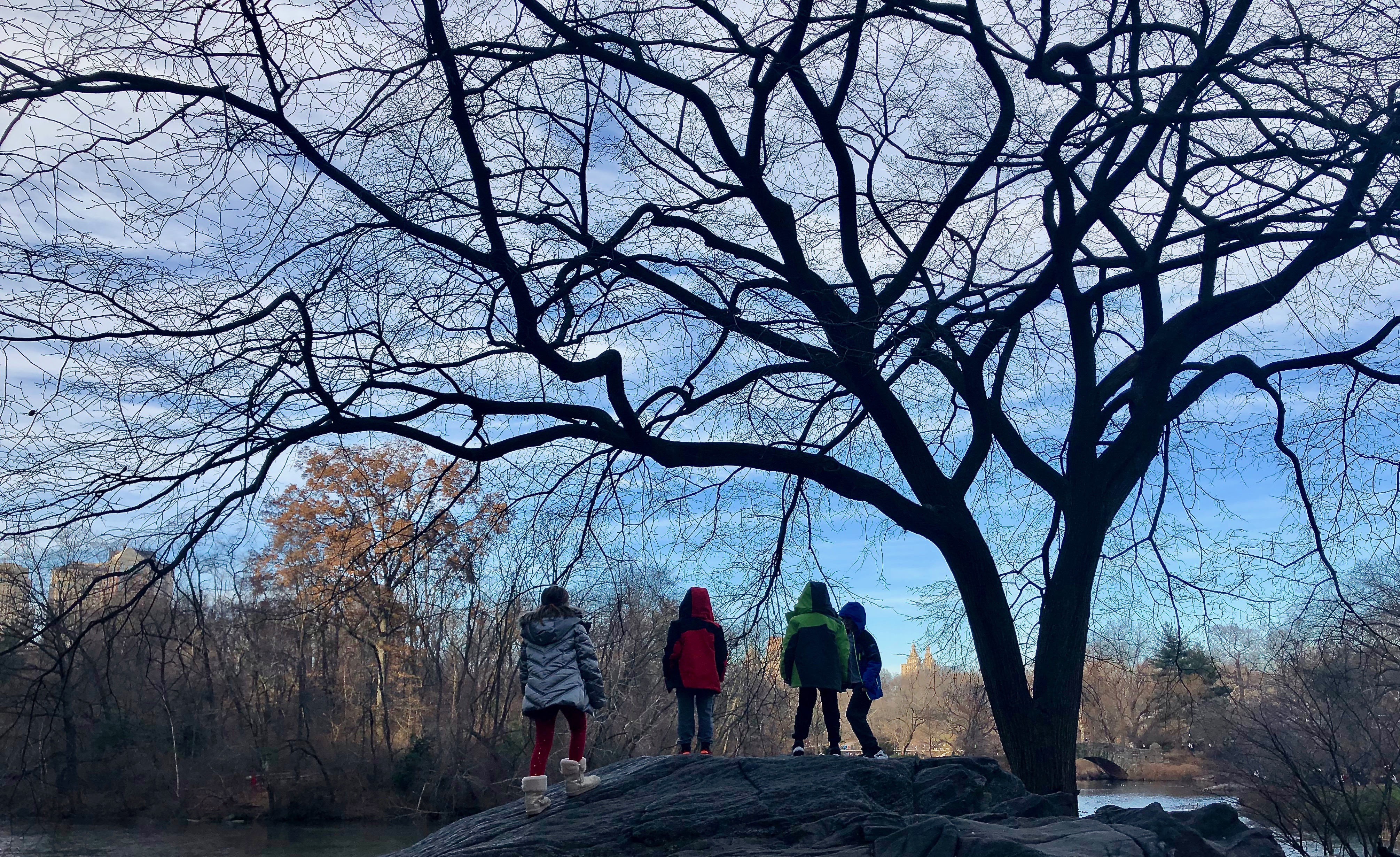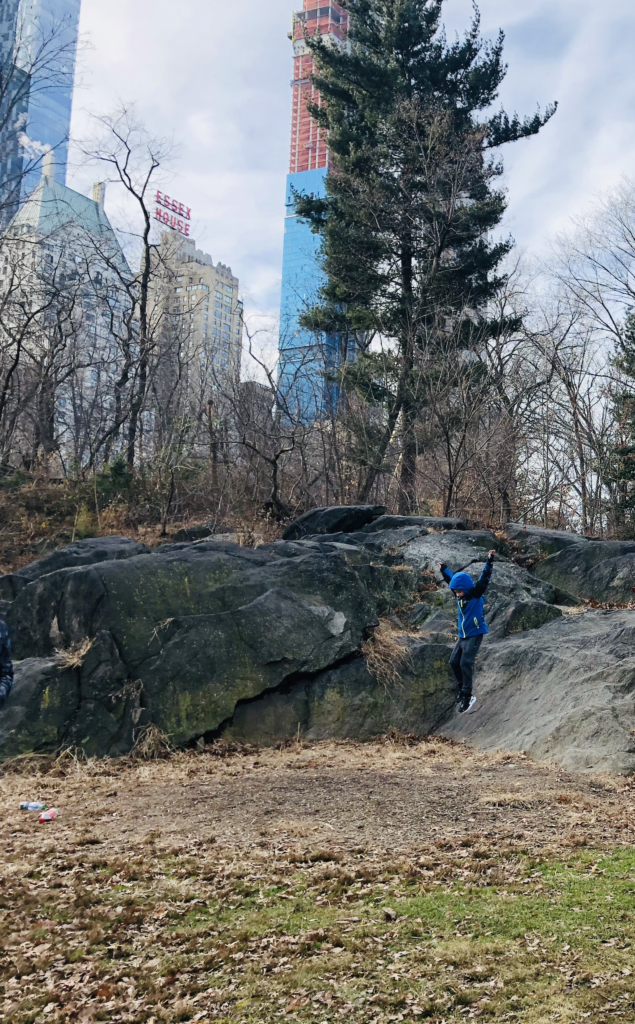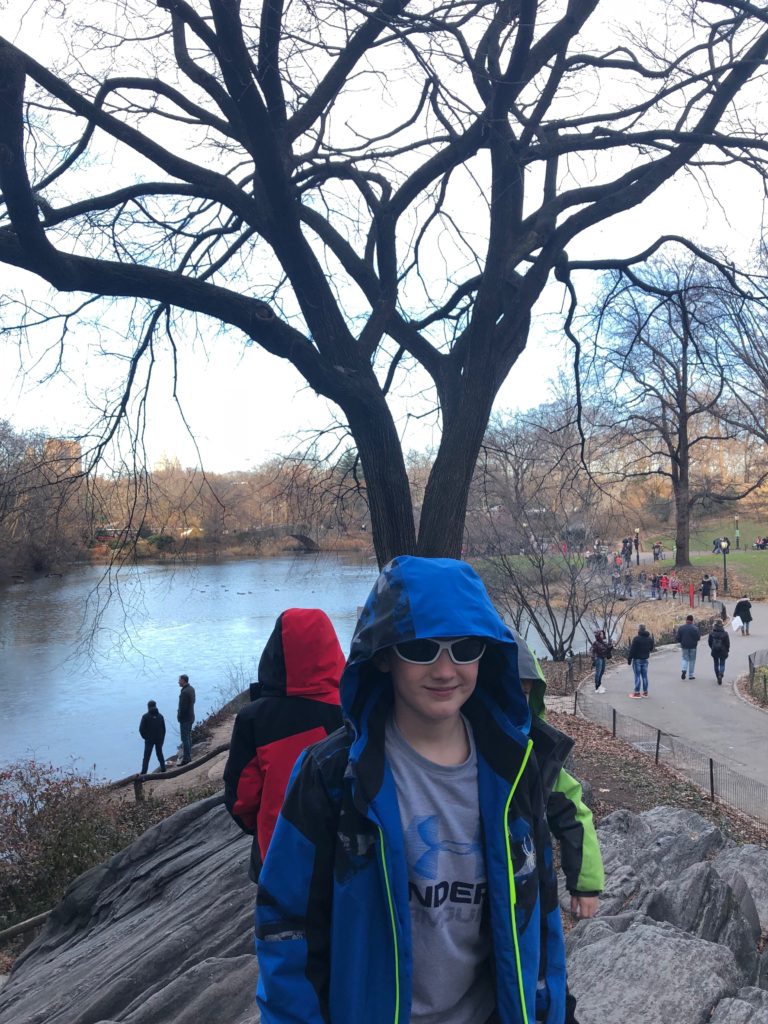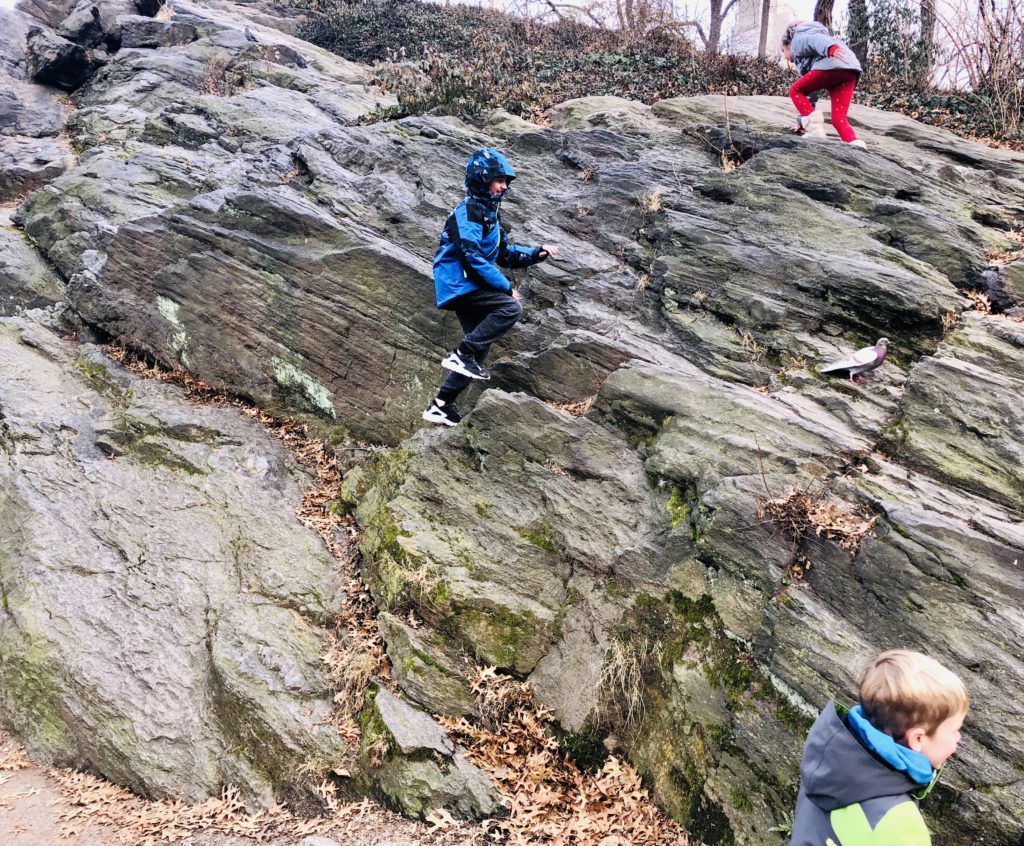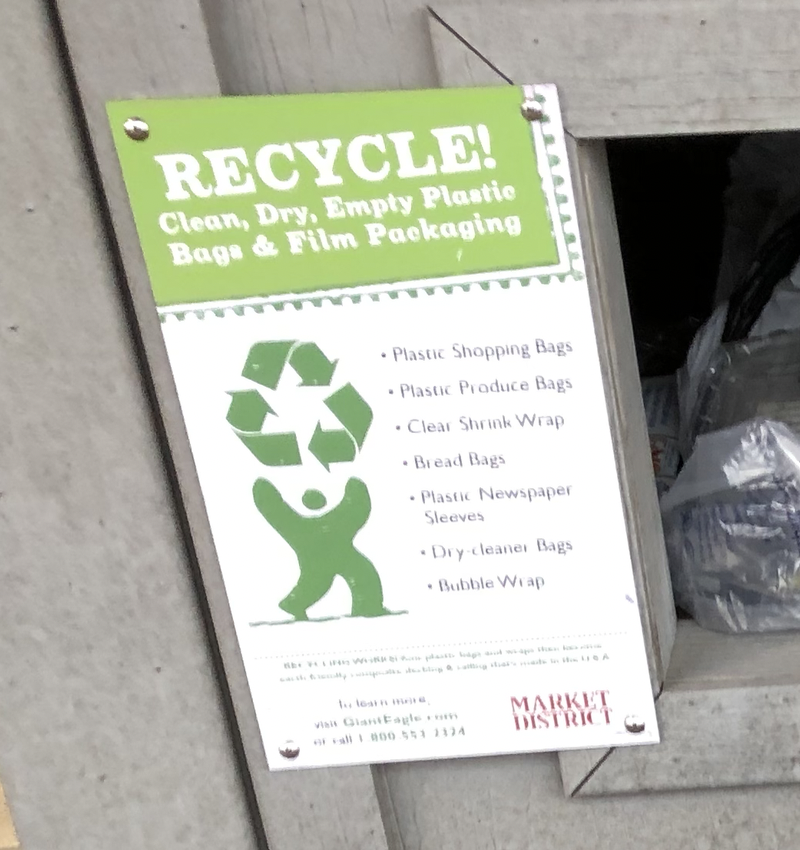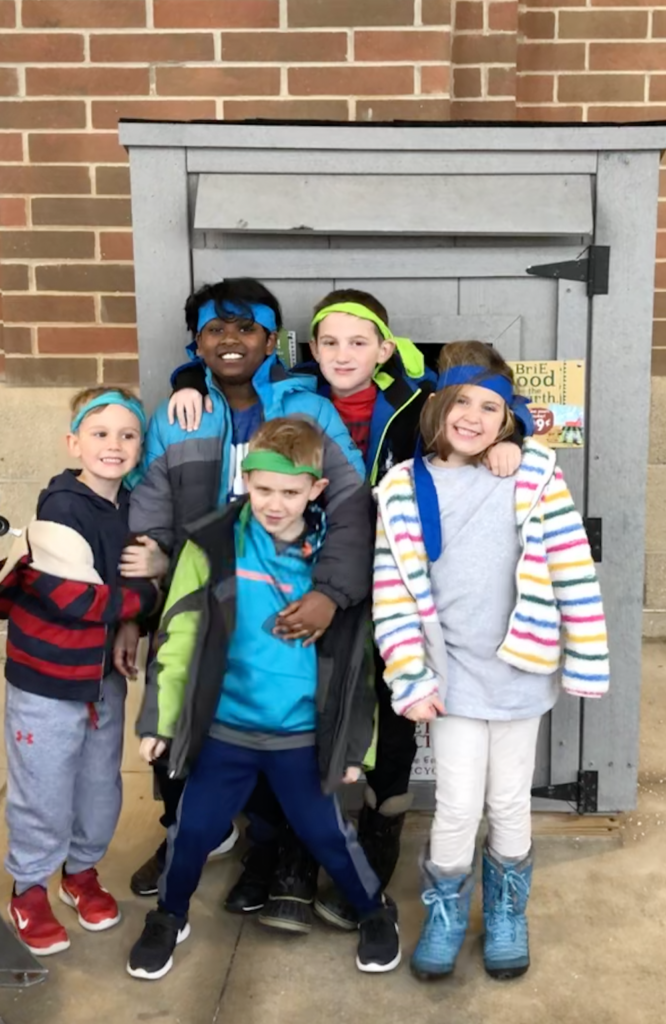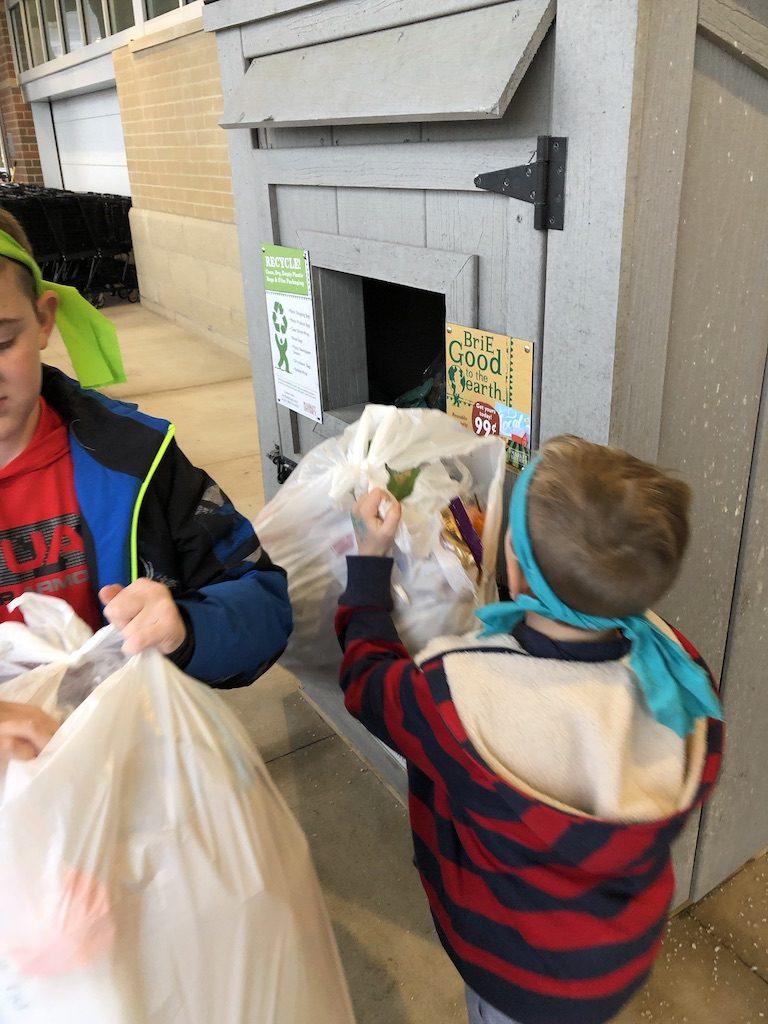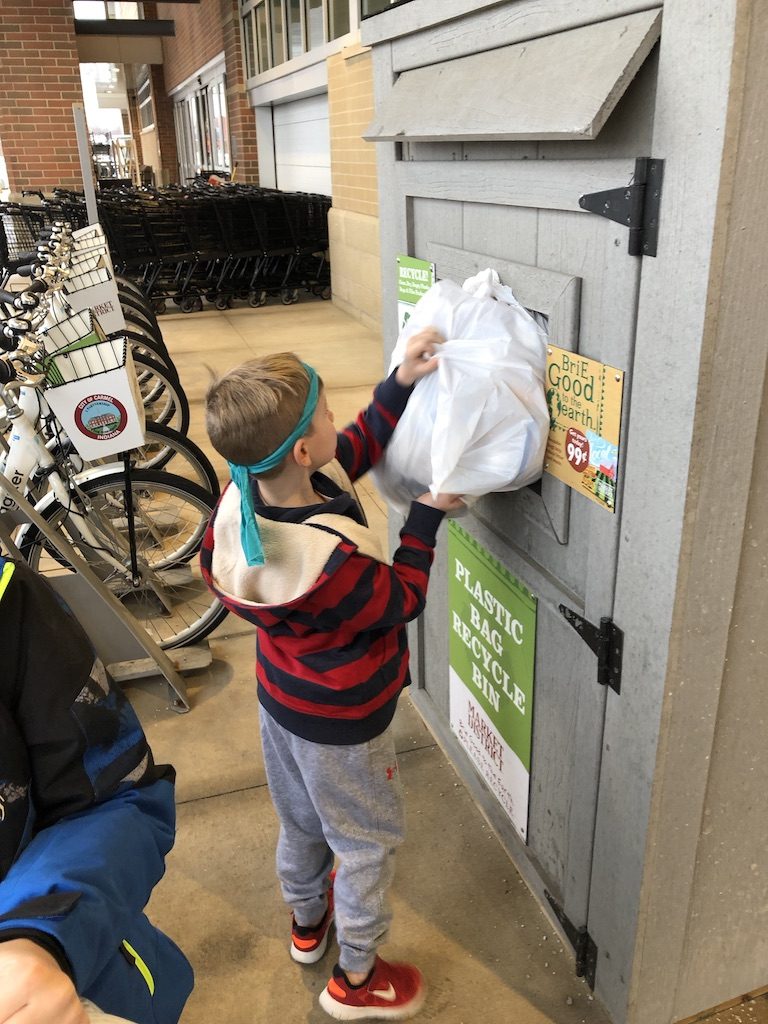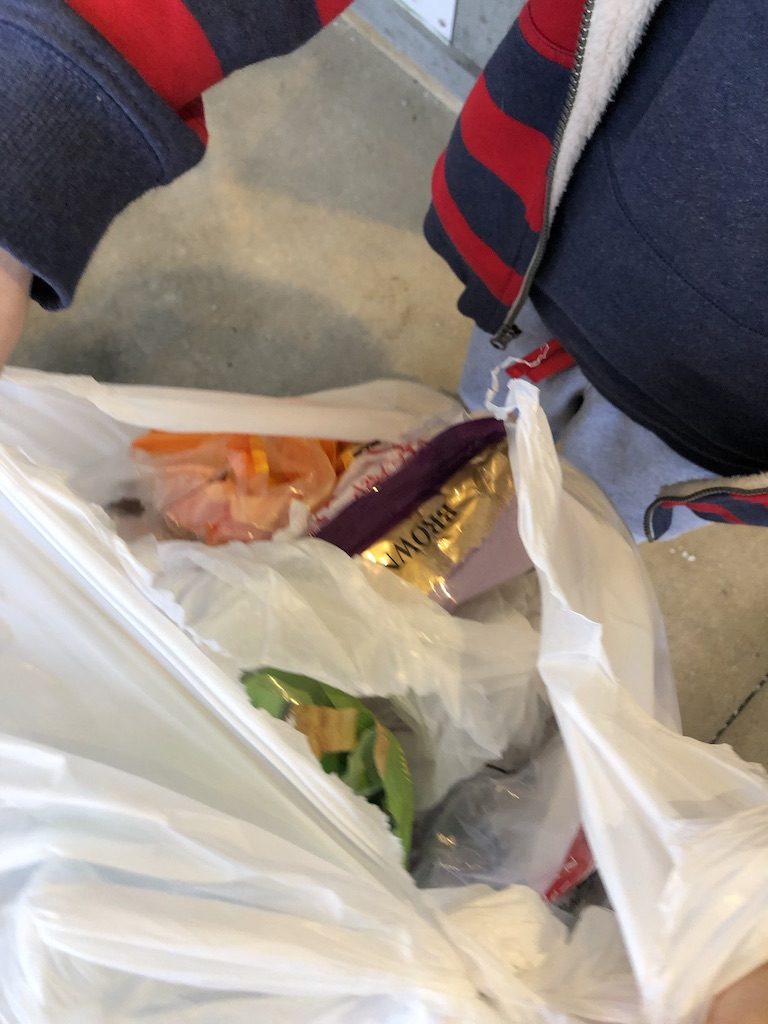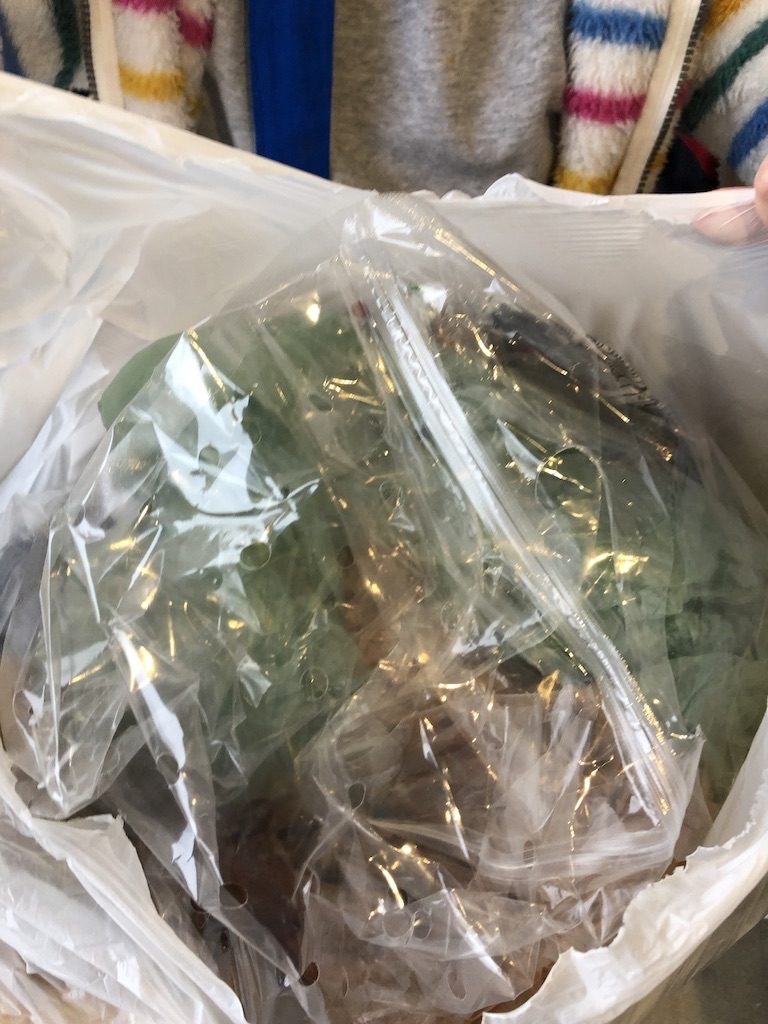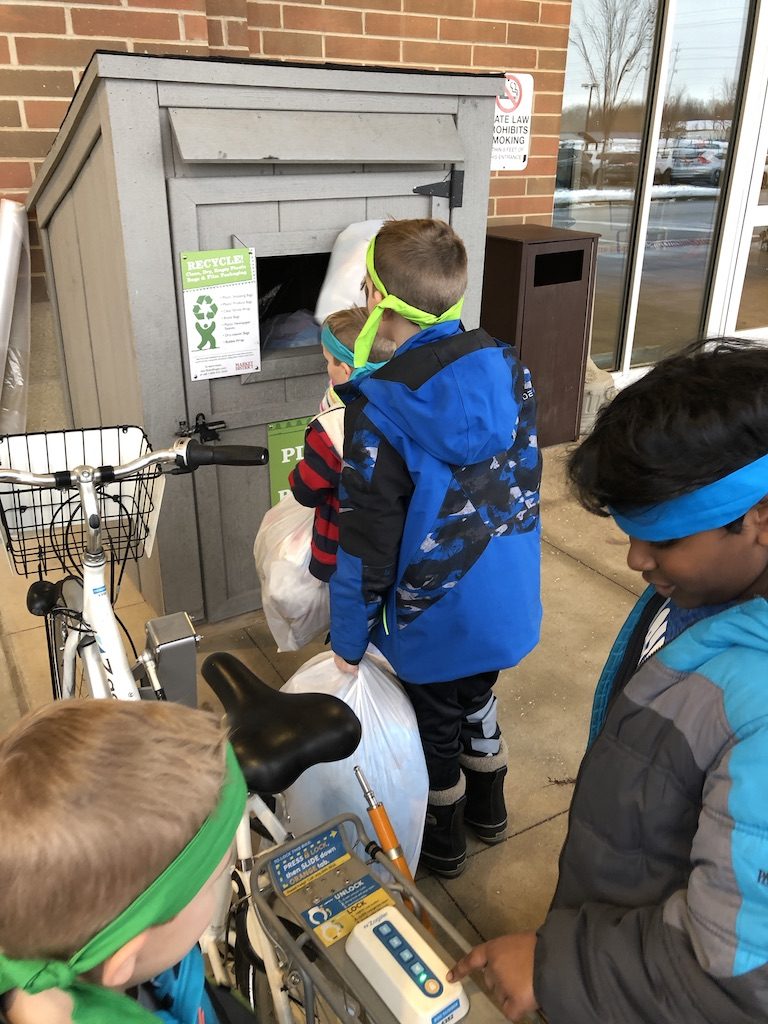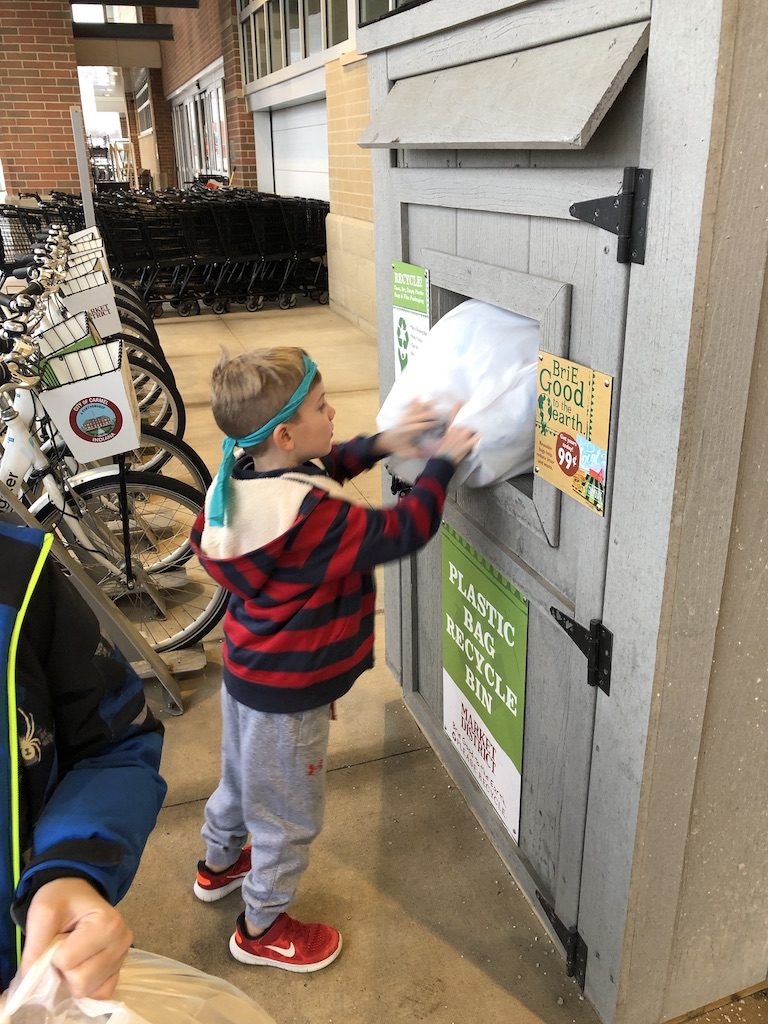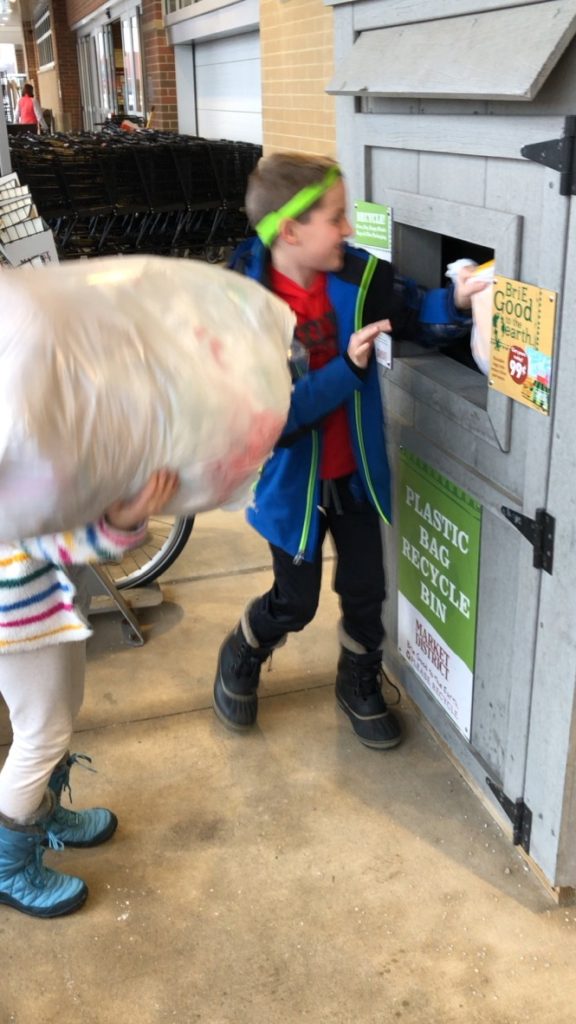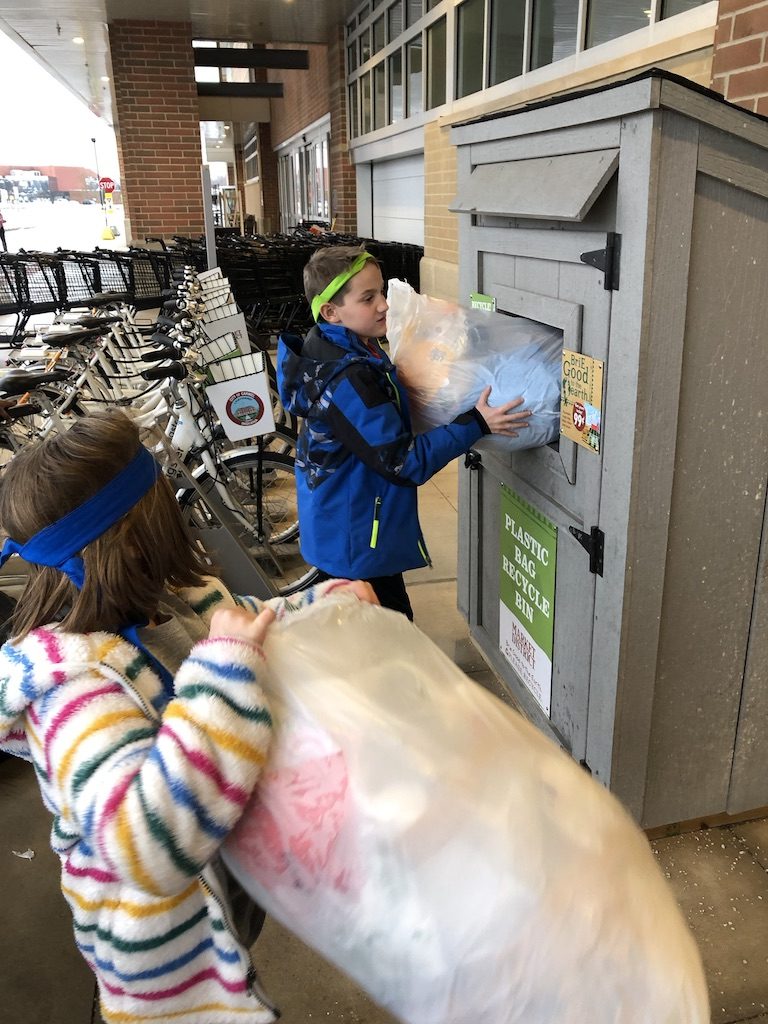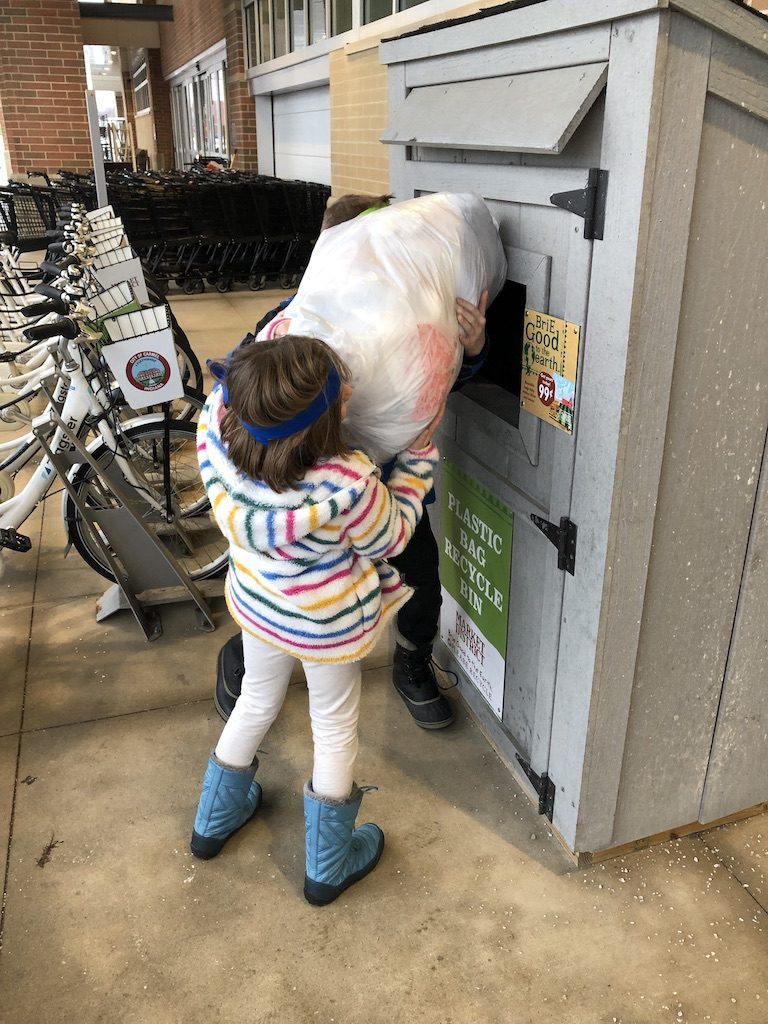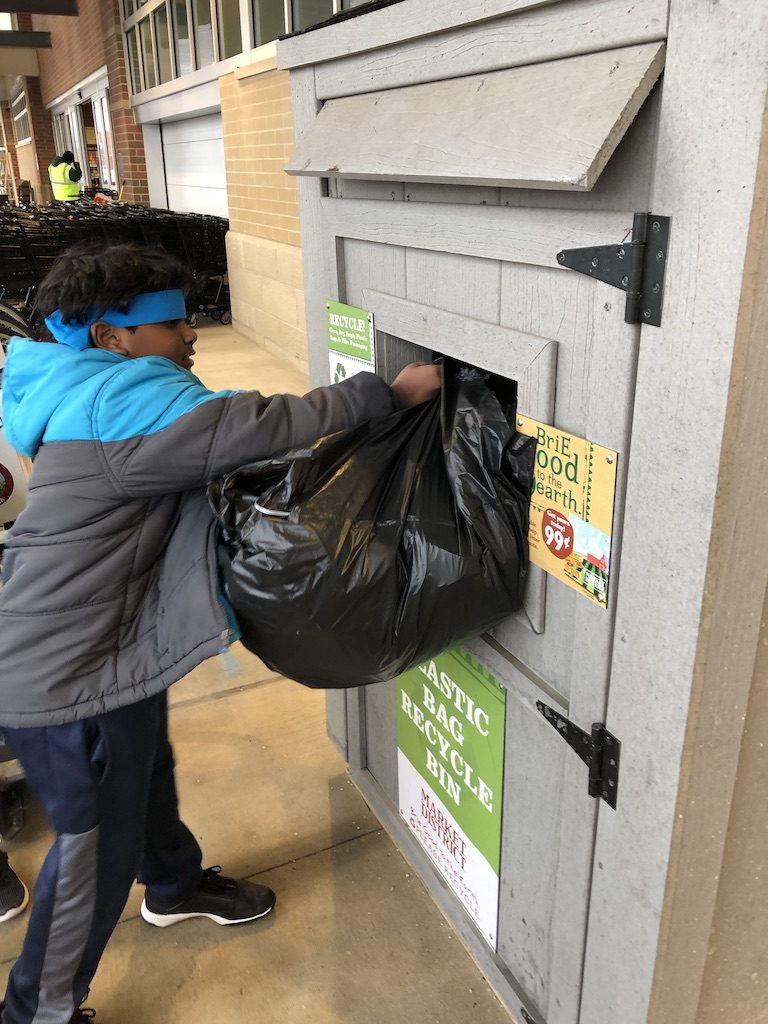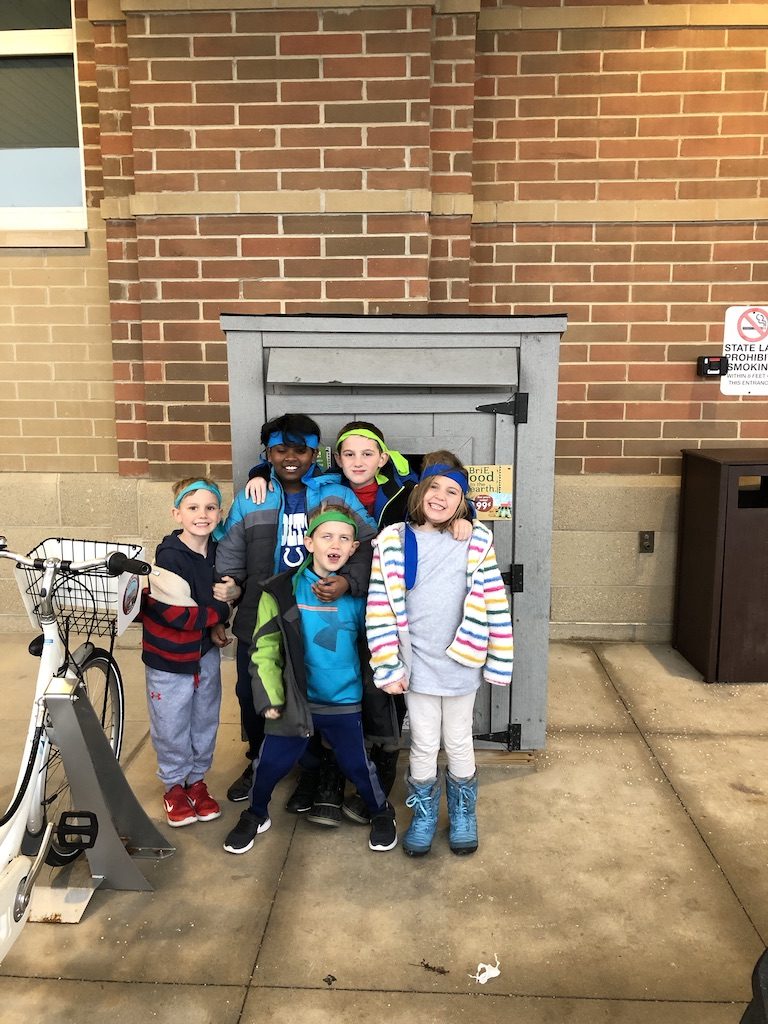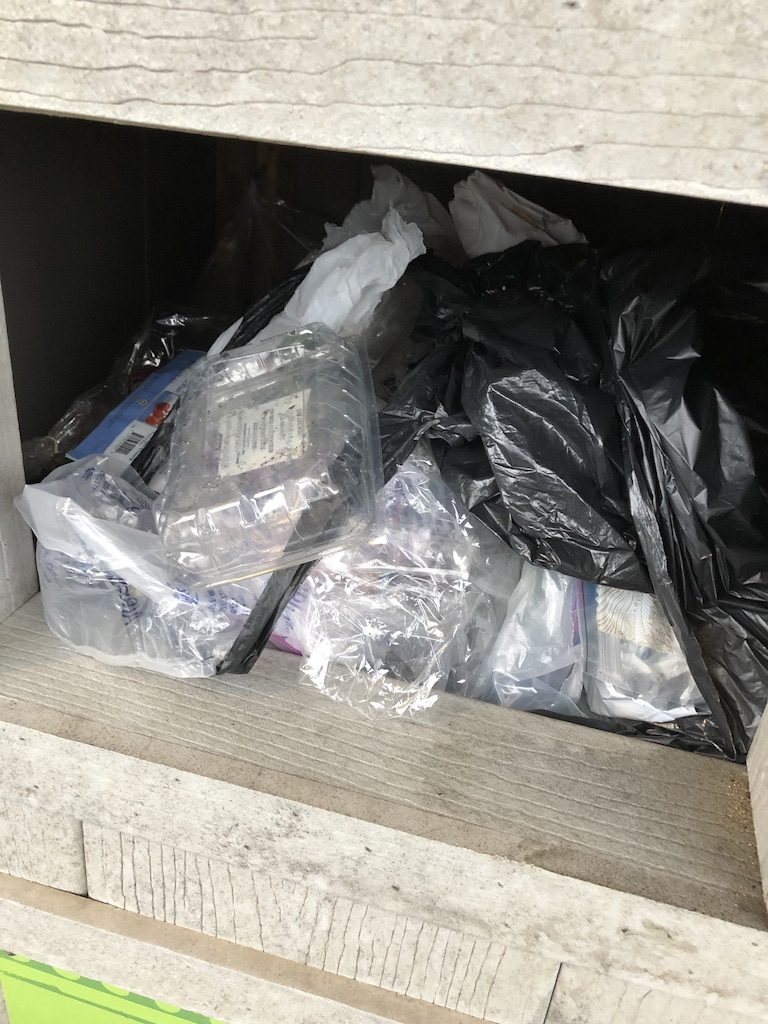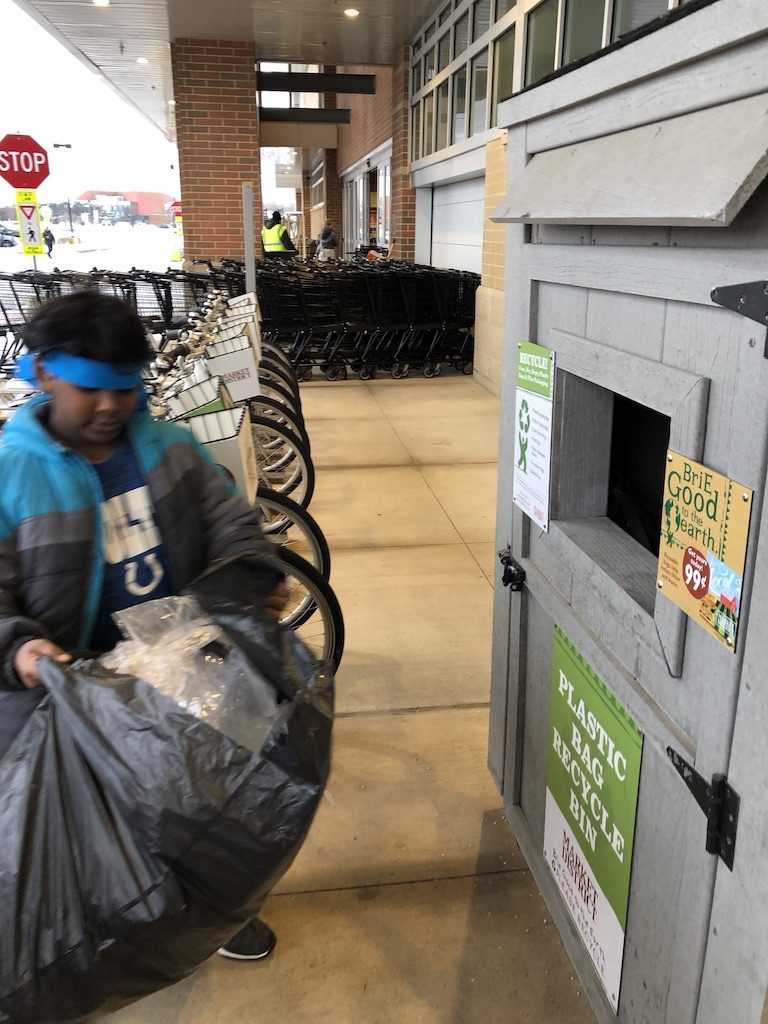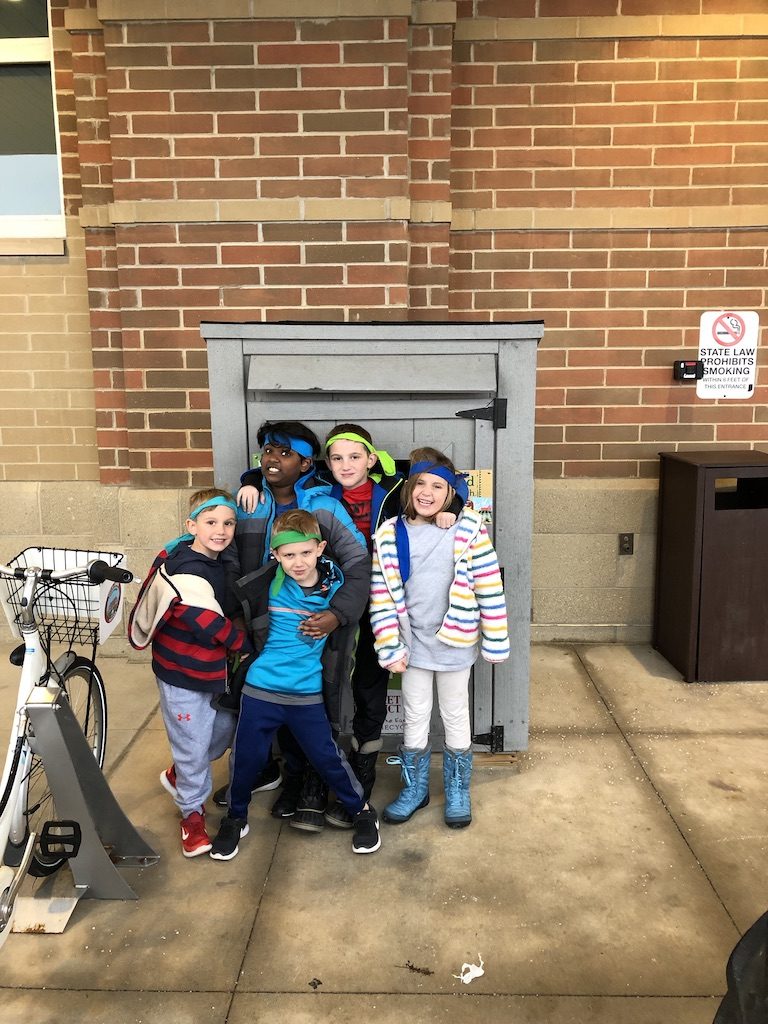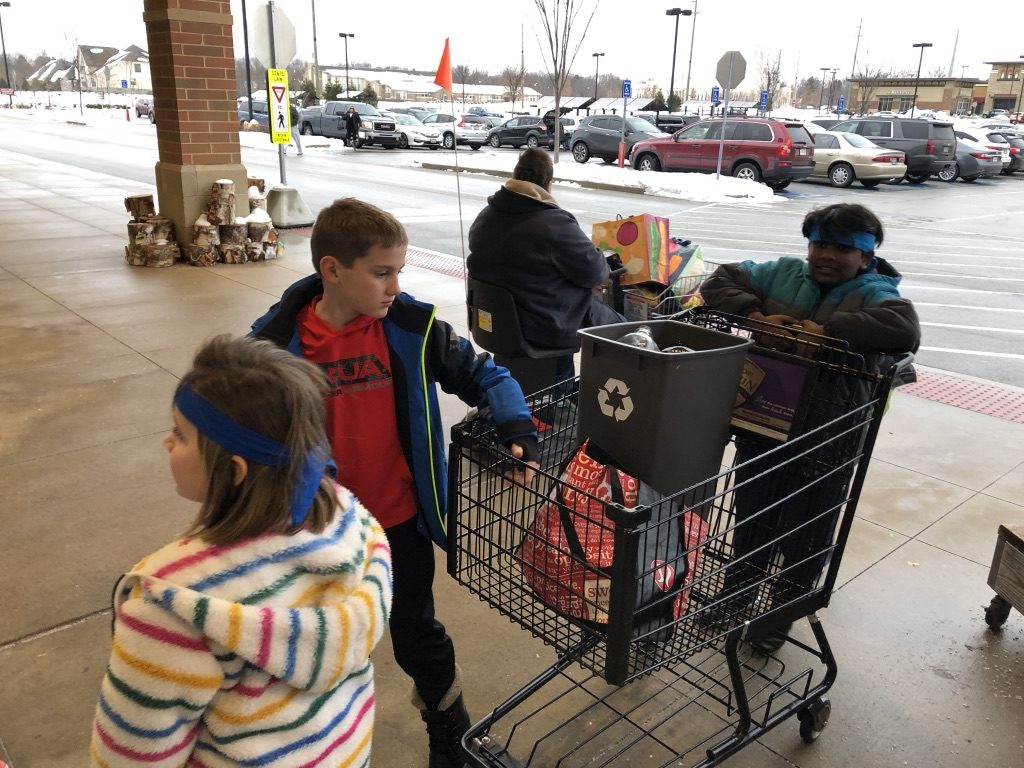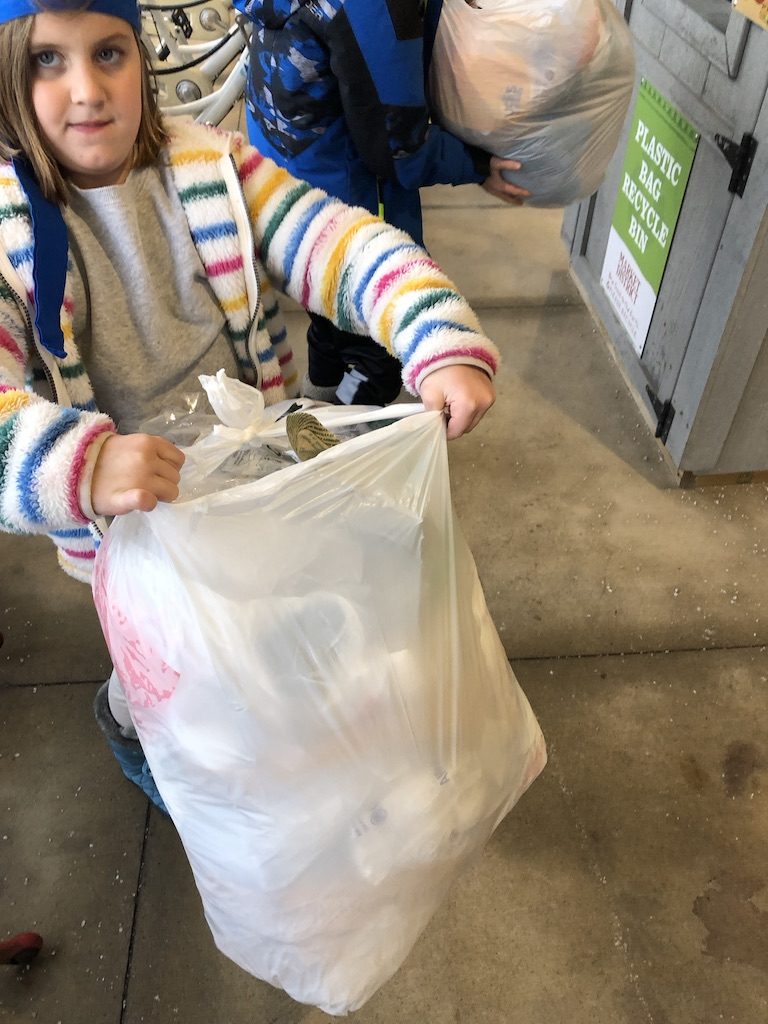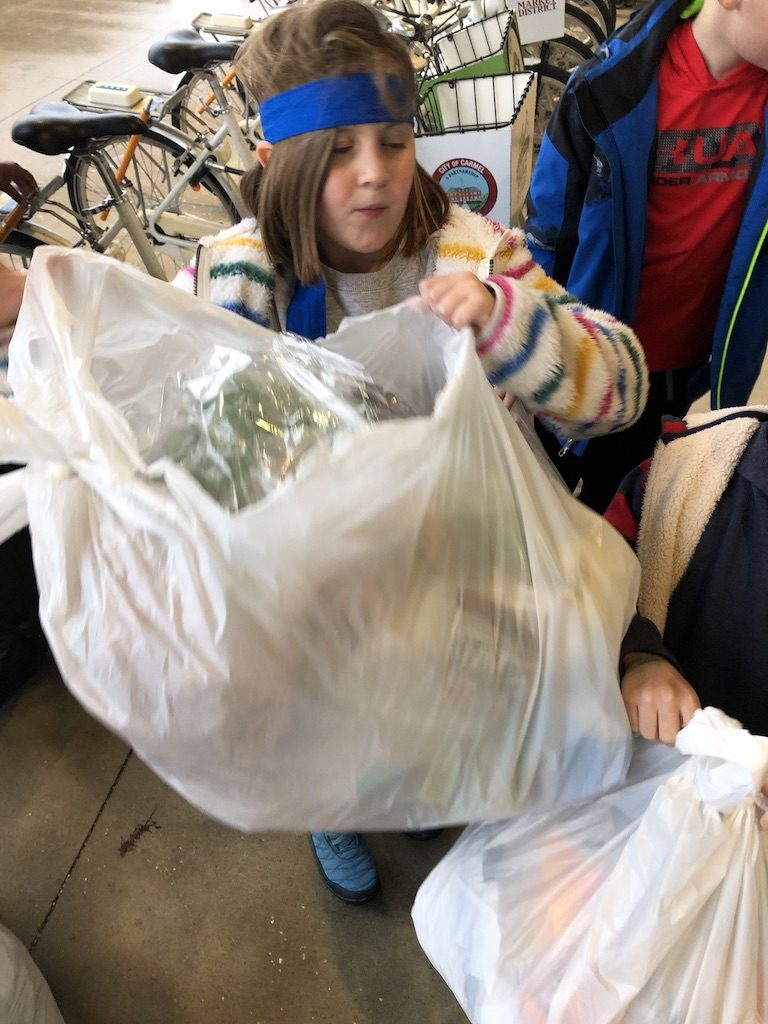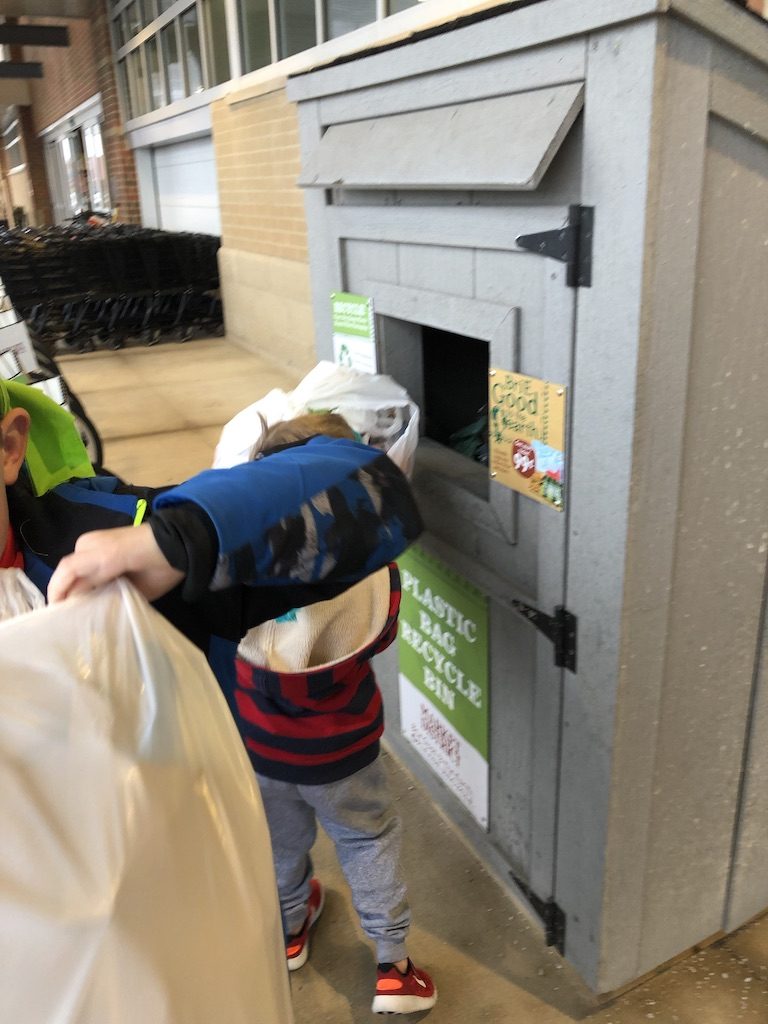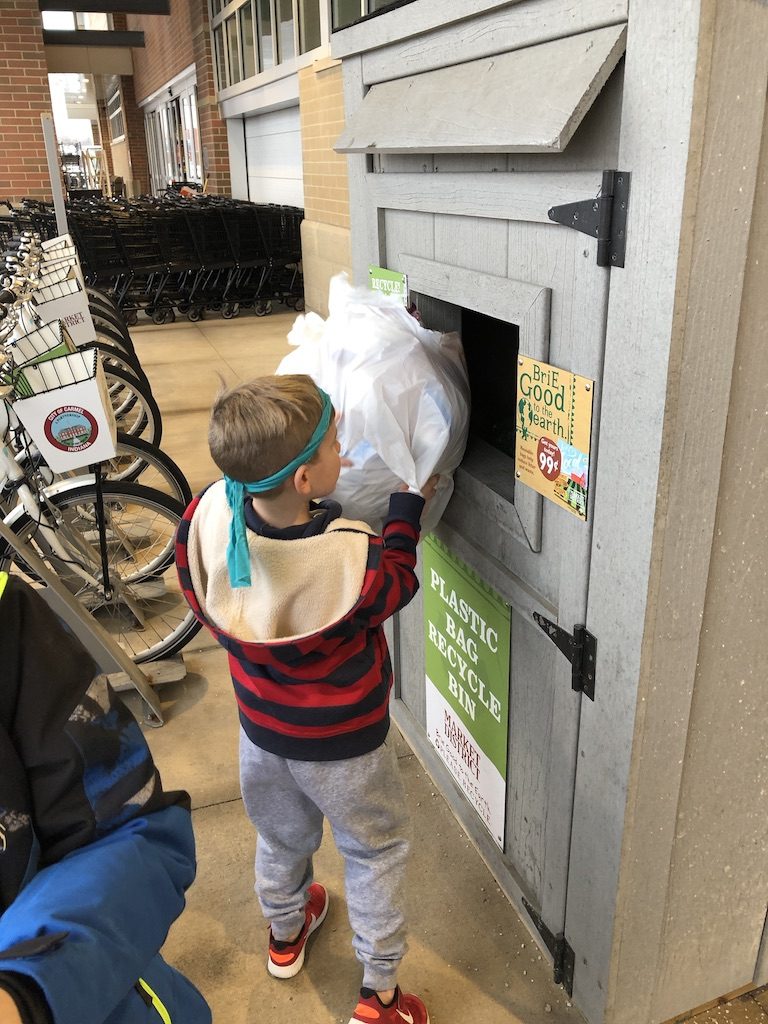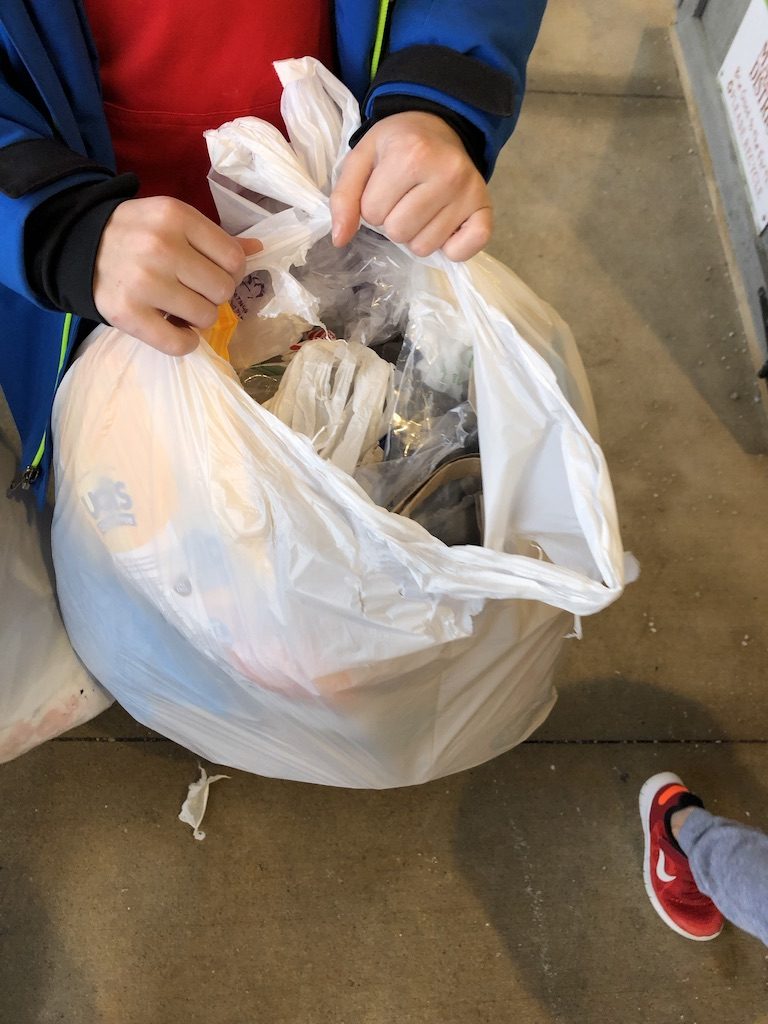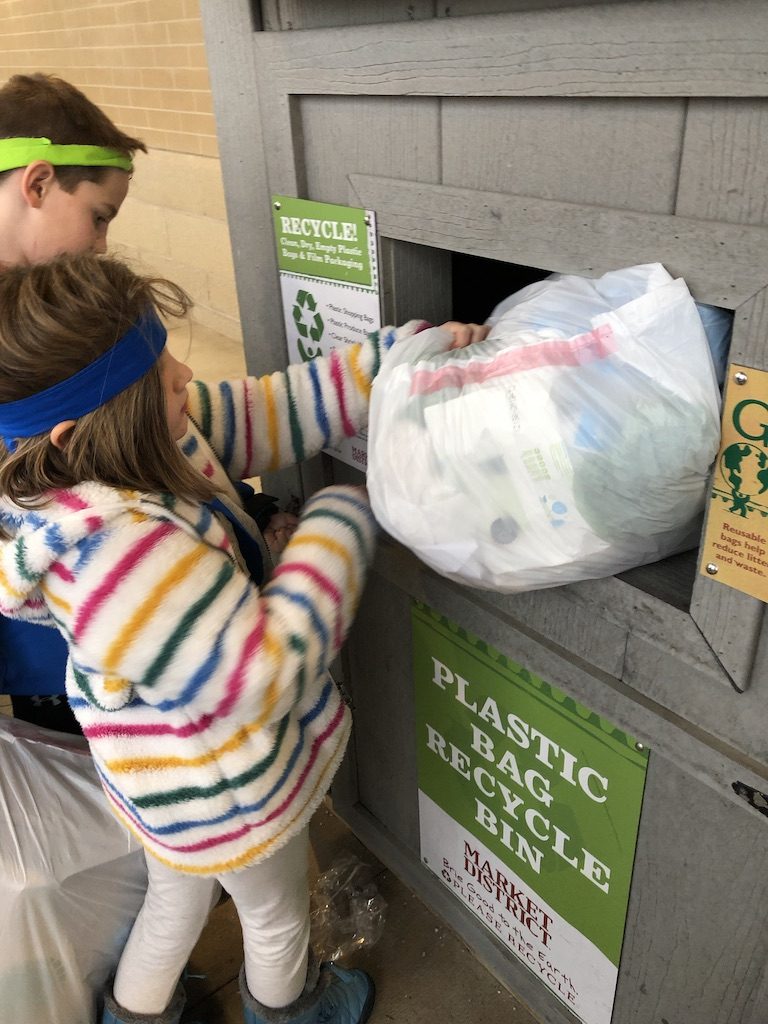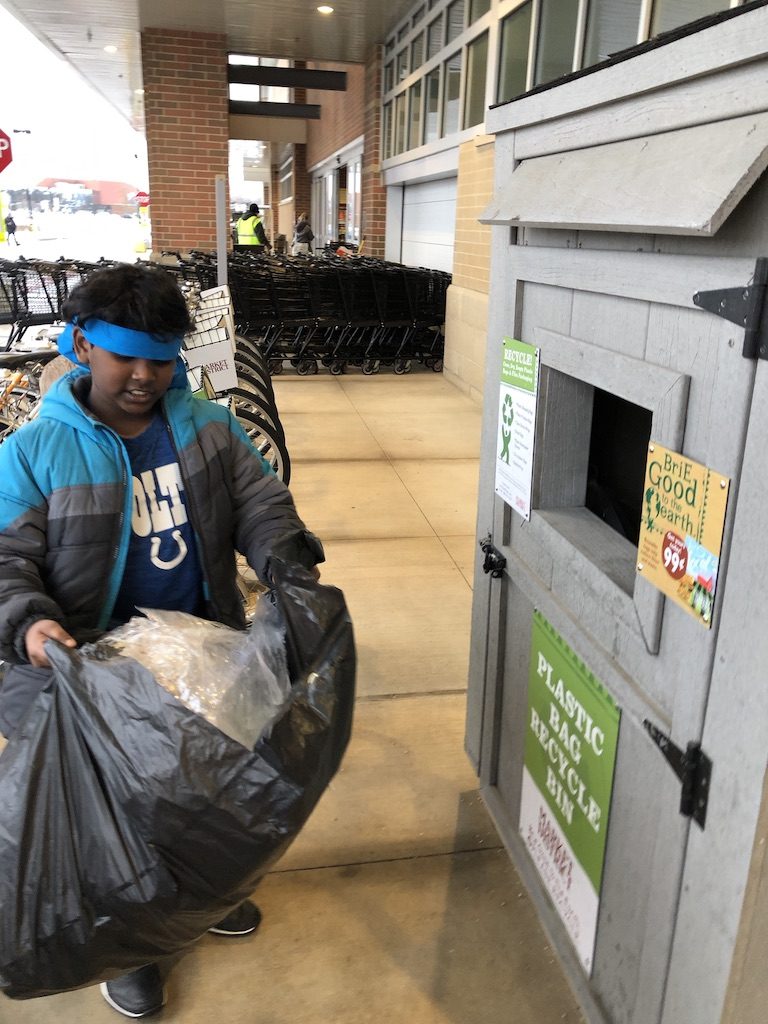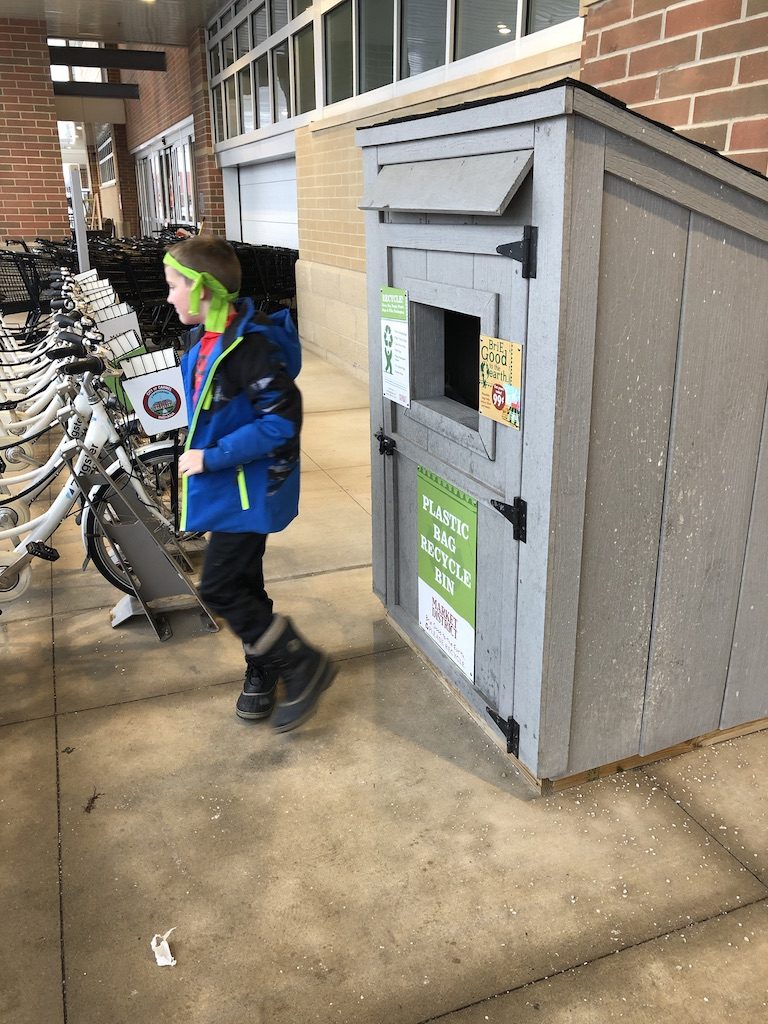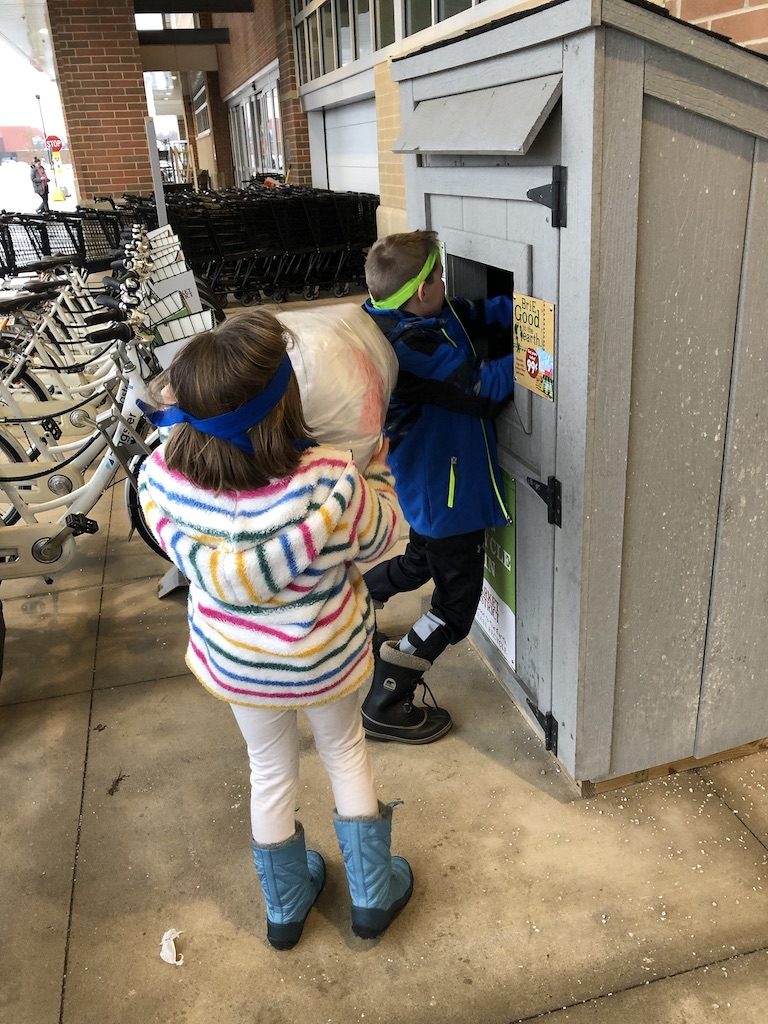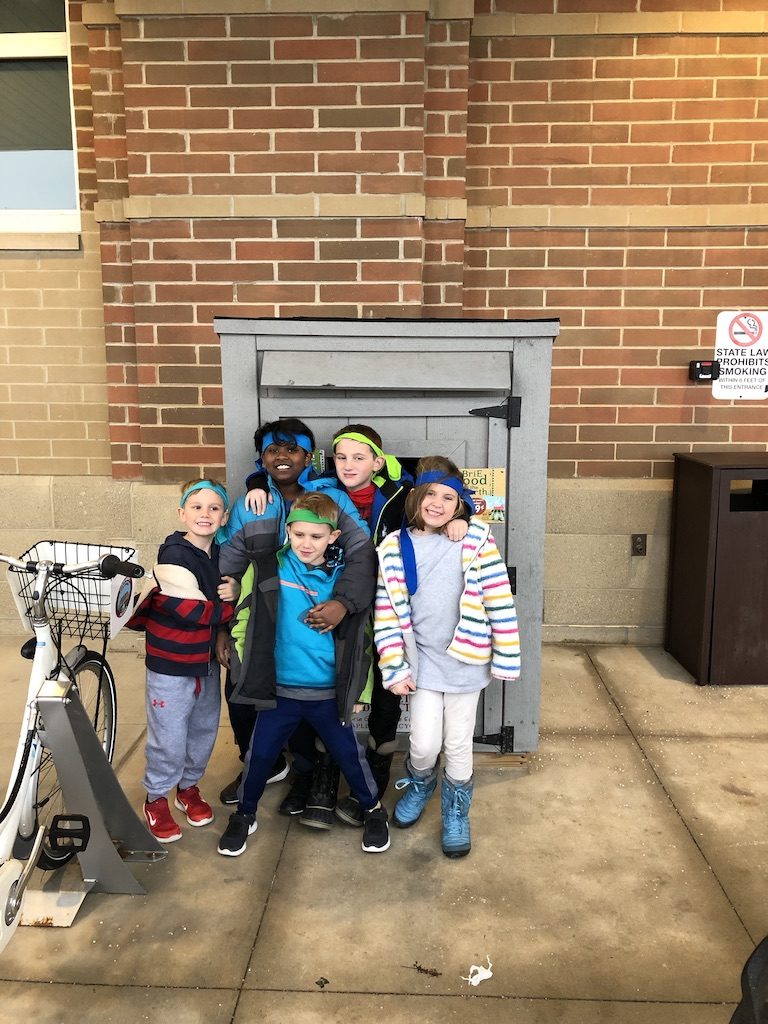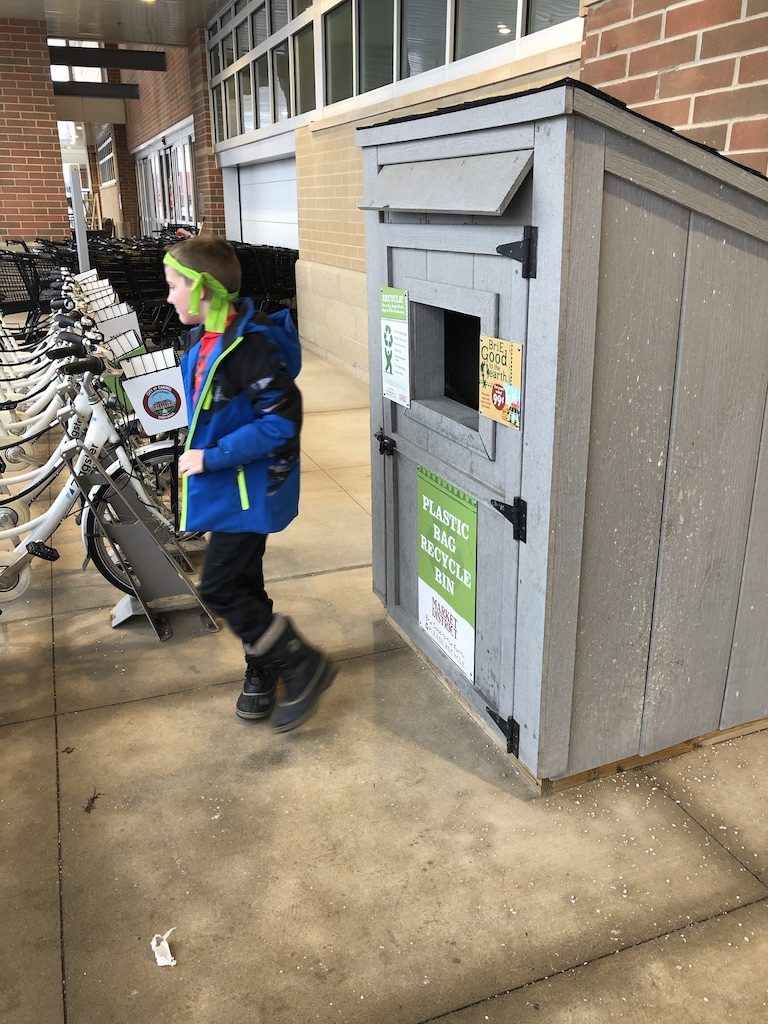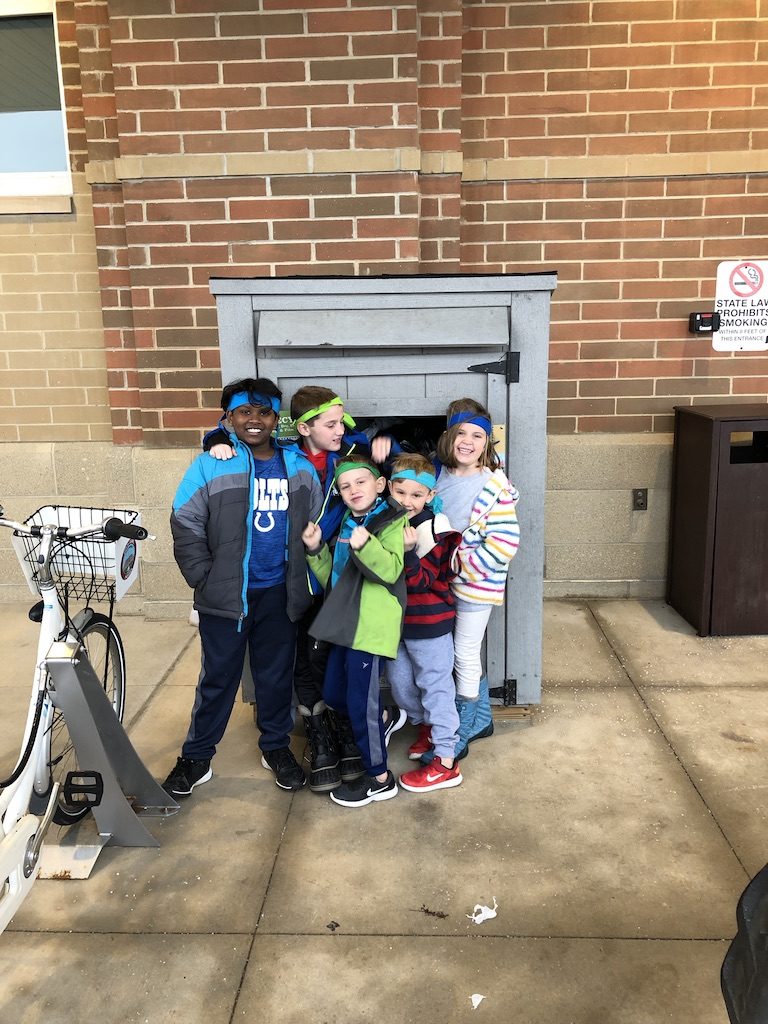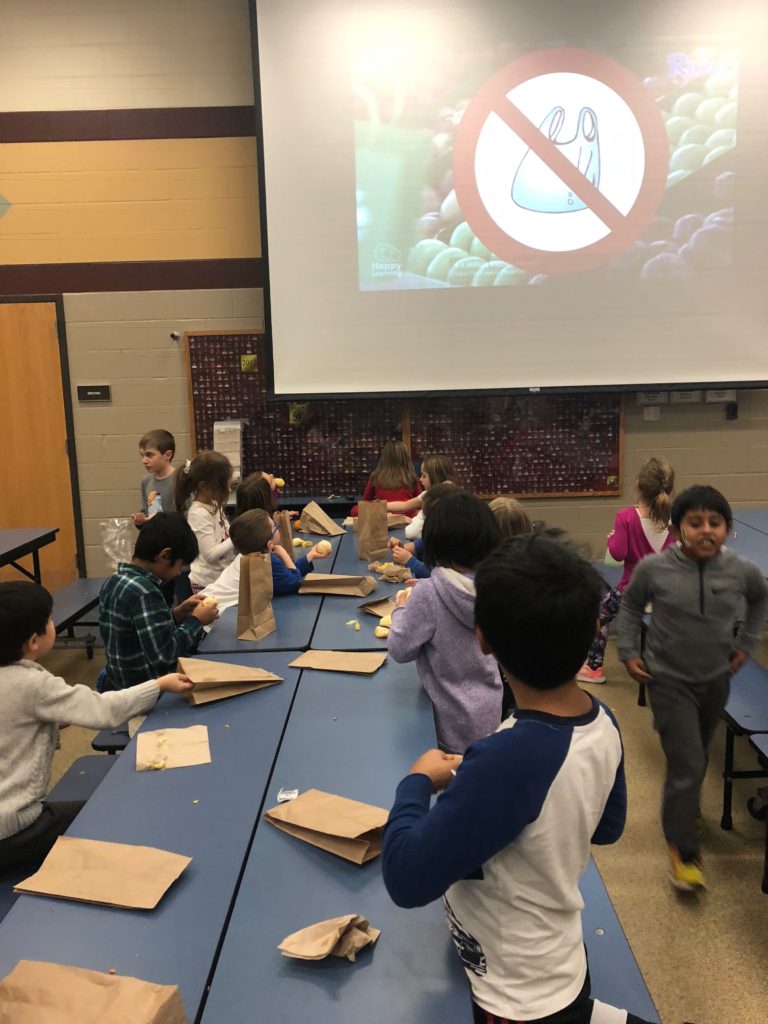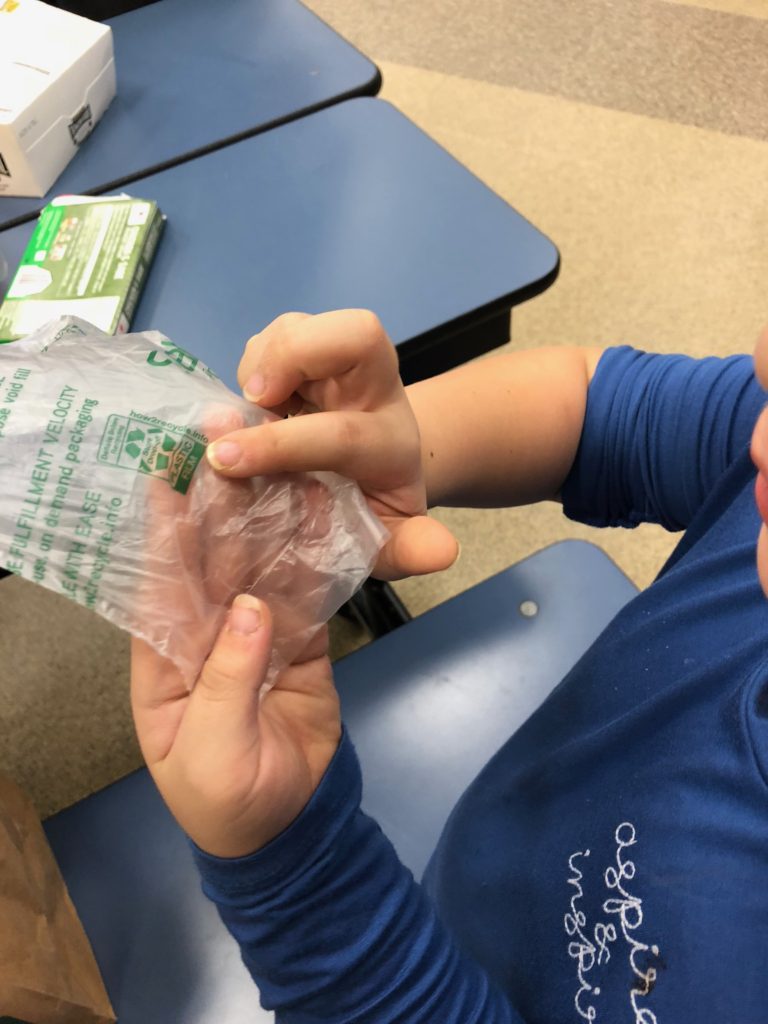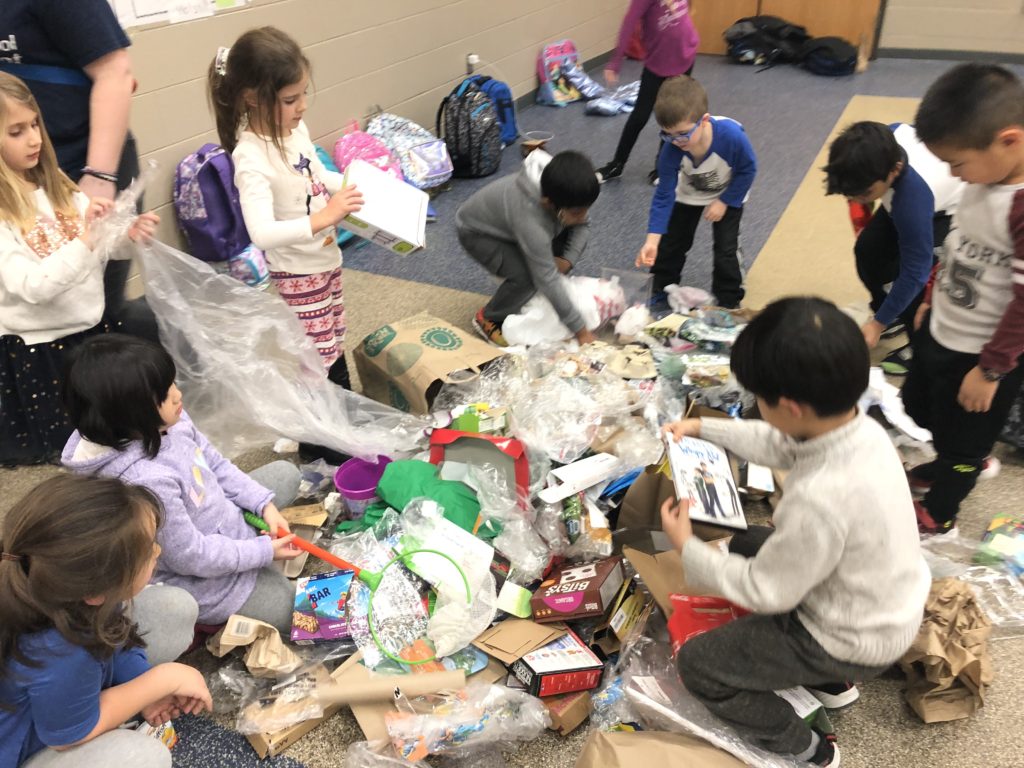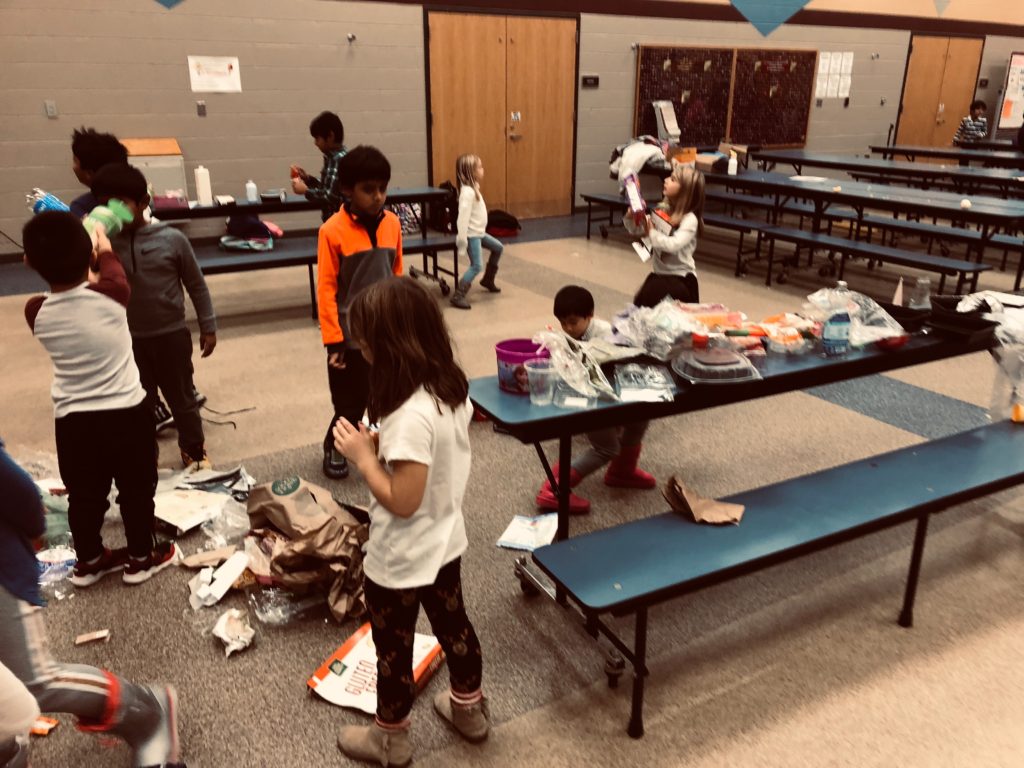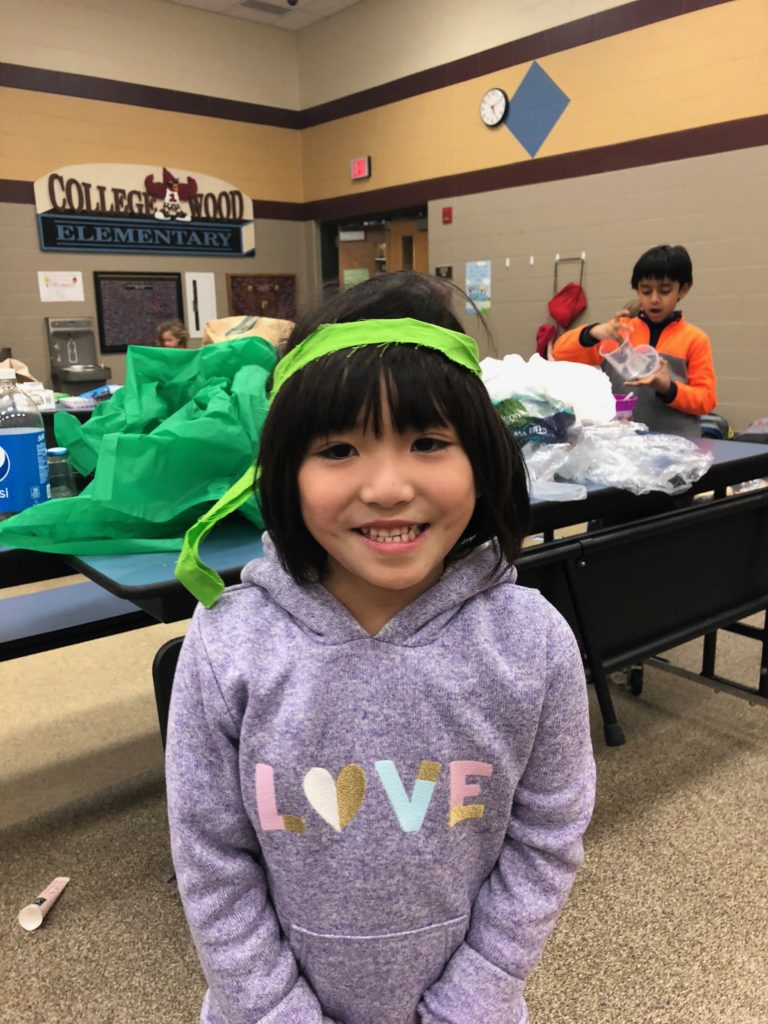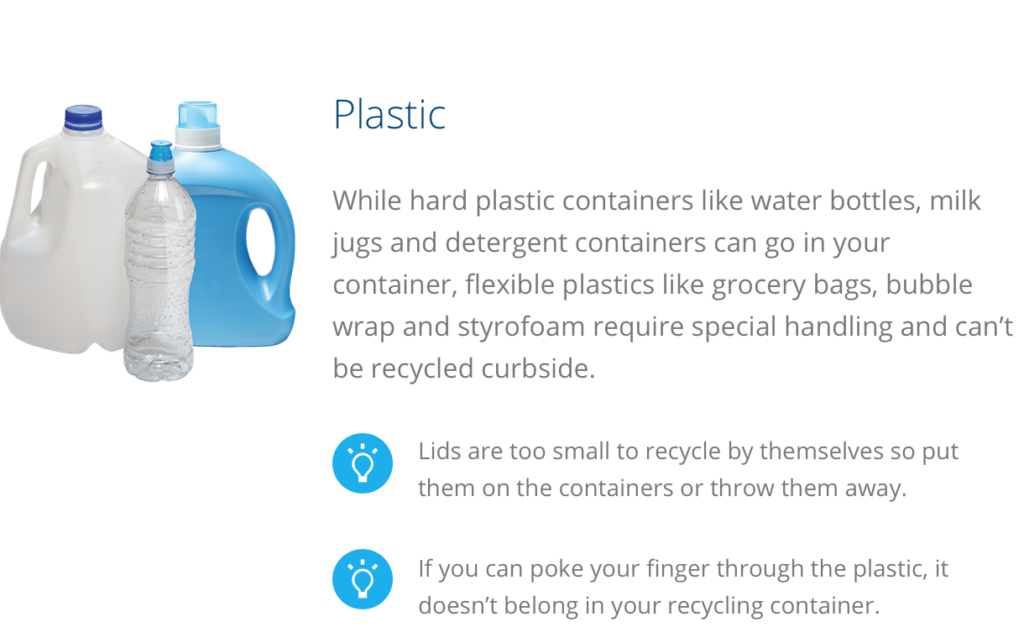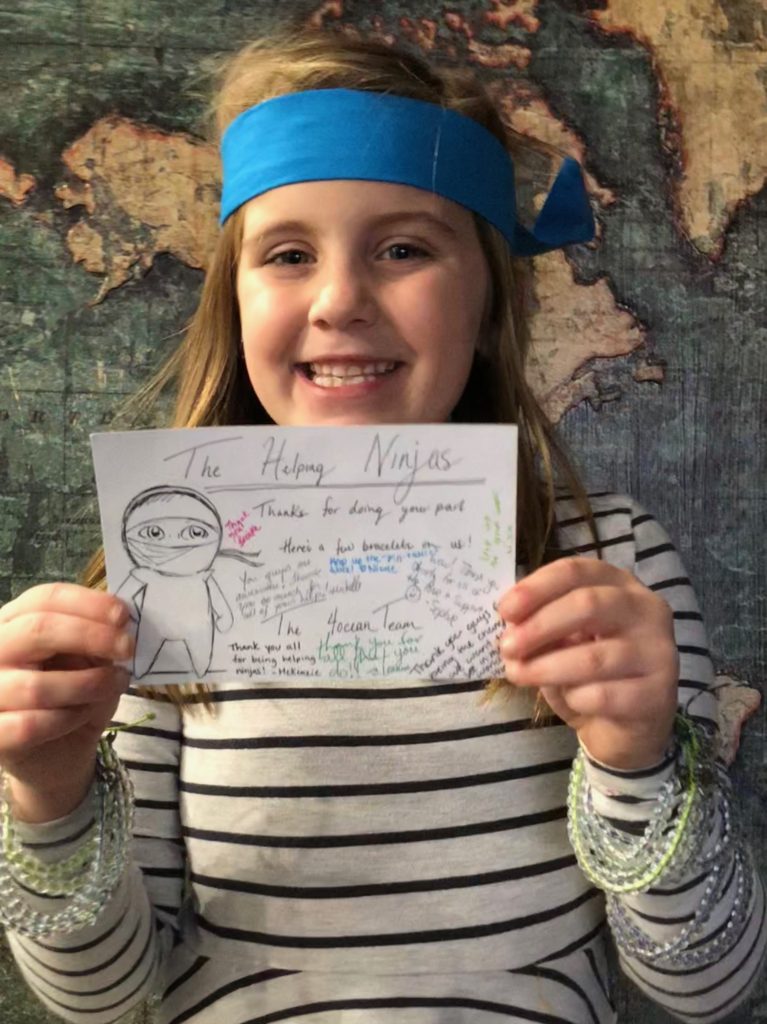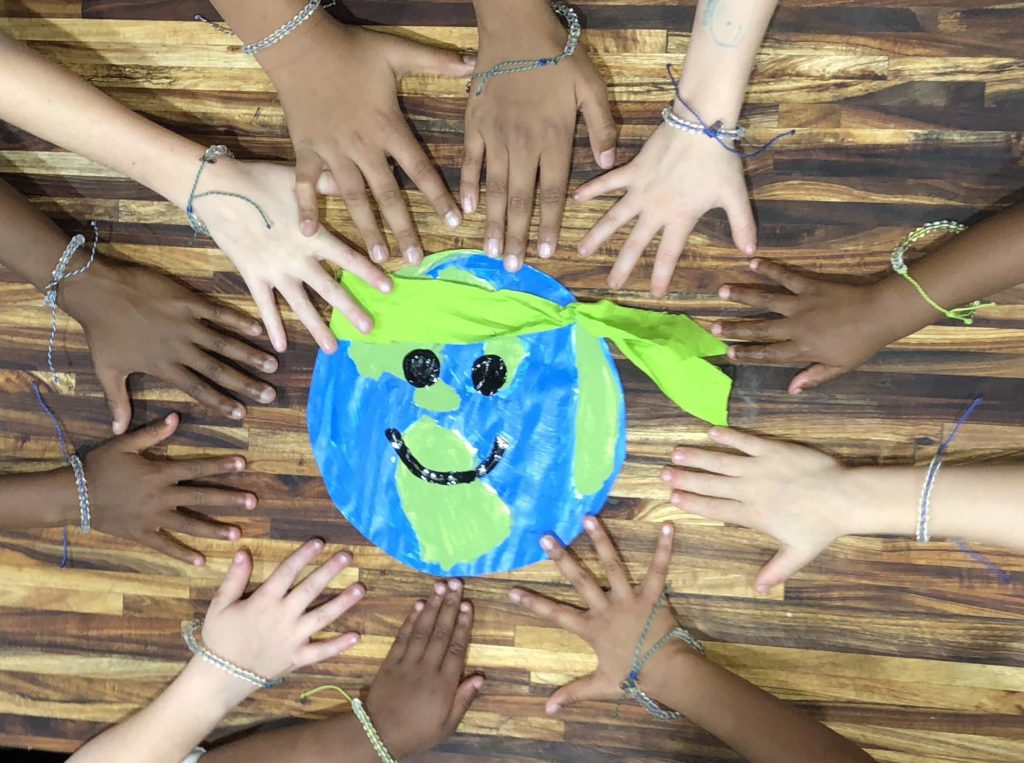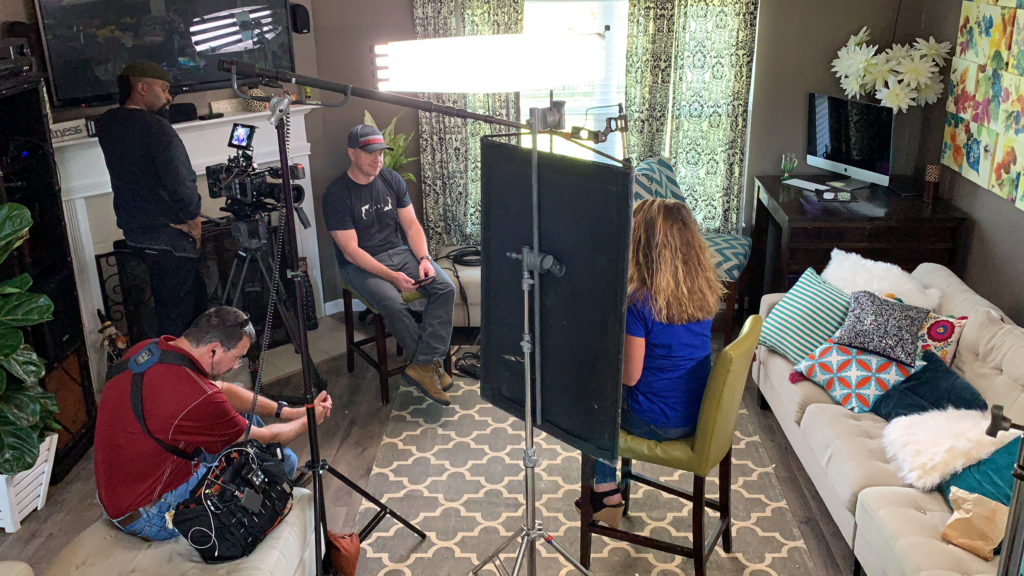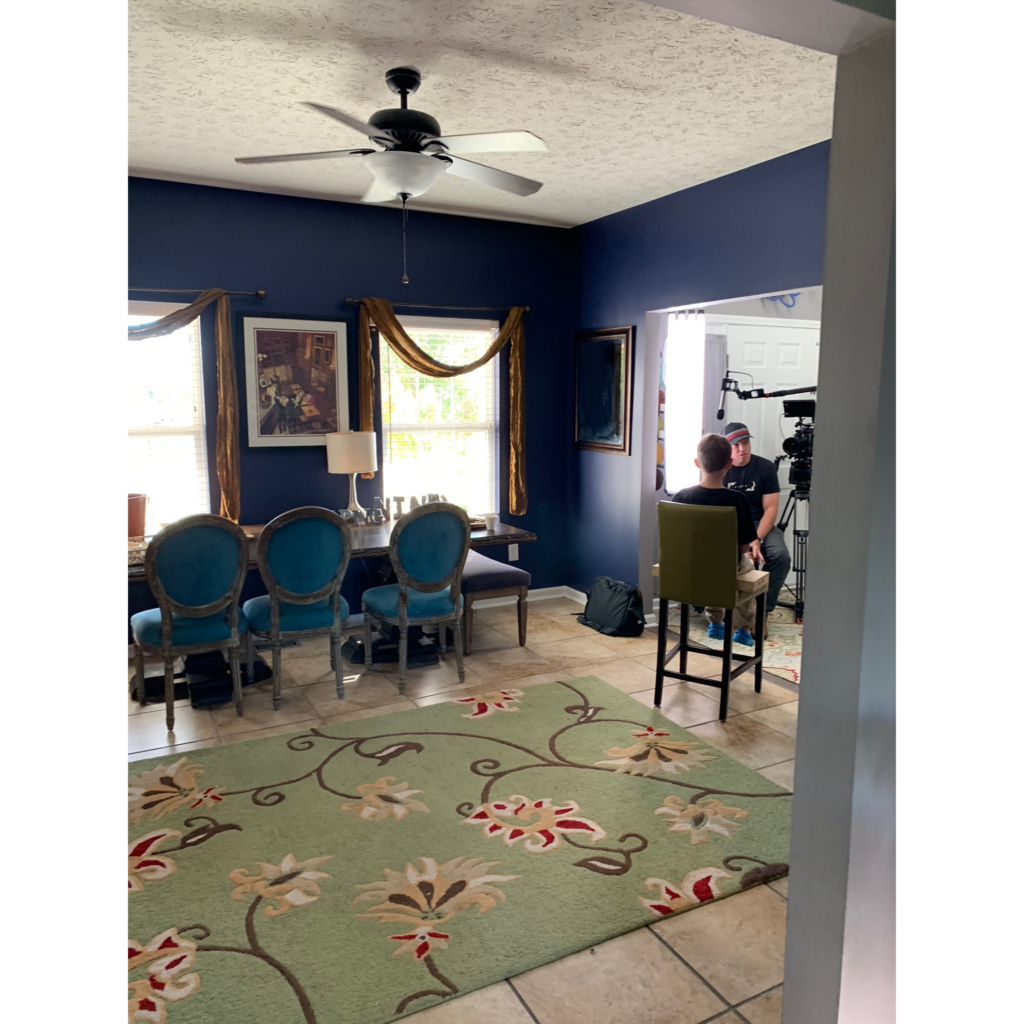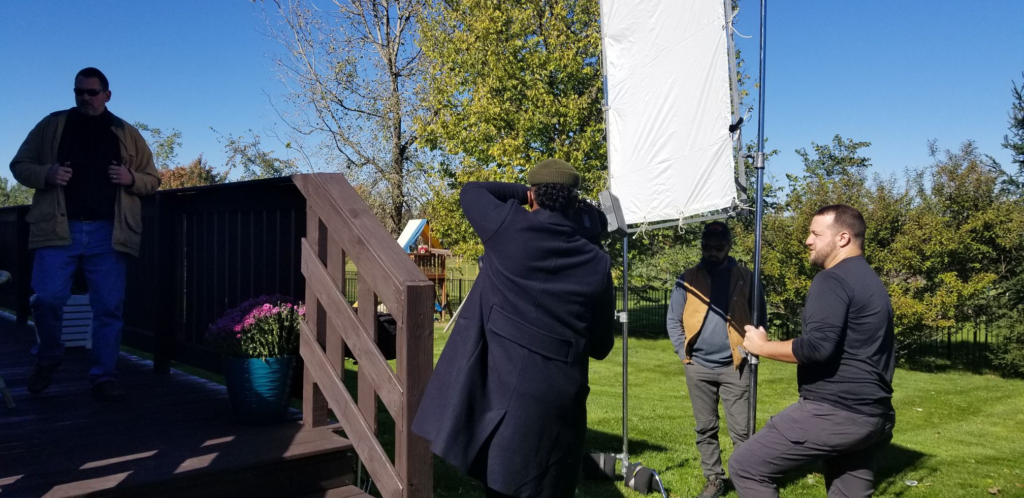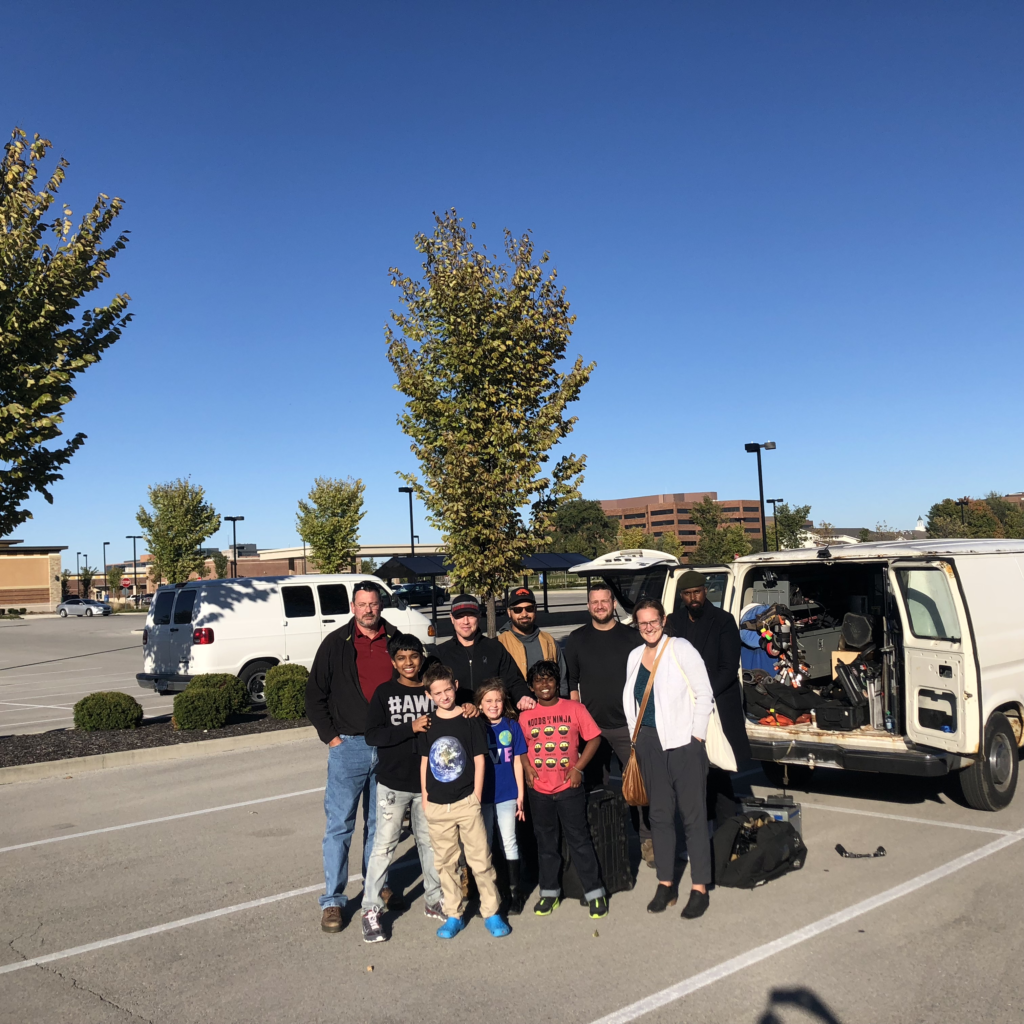Earth Day is celebrated on April 22, 2019!
Helping Ninjas™ are preparing for the big day!
#whatRUdoing4EarthDay is an Earth Day Initiative in hopes to inspire others to join us and the billions of people around the globe who will celebrate Earth! Help Earth by doing an act of kindness towards our planet!
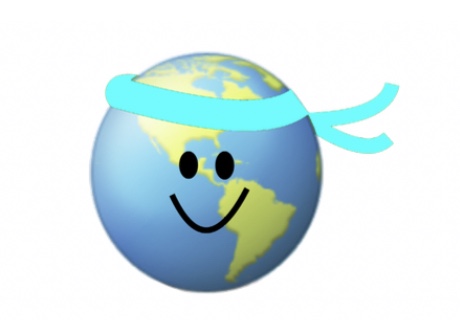
What are you doing for Earth Day? Share your ideas with us!
Join us on our journey to be highly-skilled at heaping our planet, ourselves and each other!

Example Post: Get outside#GoOutdoors #whatRUdoing4EarthDay @helpingninjas
We can’t think of a better day than Earth day to celebrate our home? Join the movement, be a helping ninja, learn to be highly skilled at helping the world!
Here are some ideas and examples of how to join our Earth Day initiative!
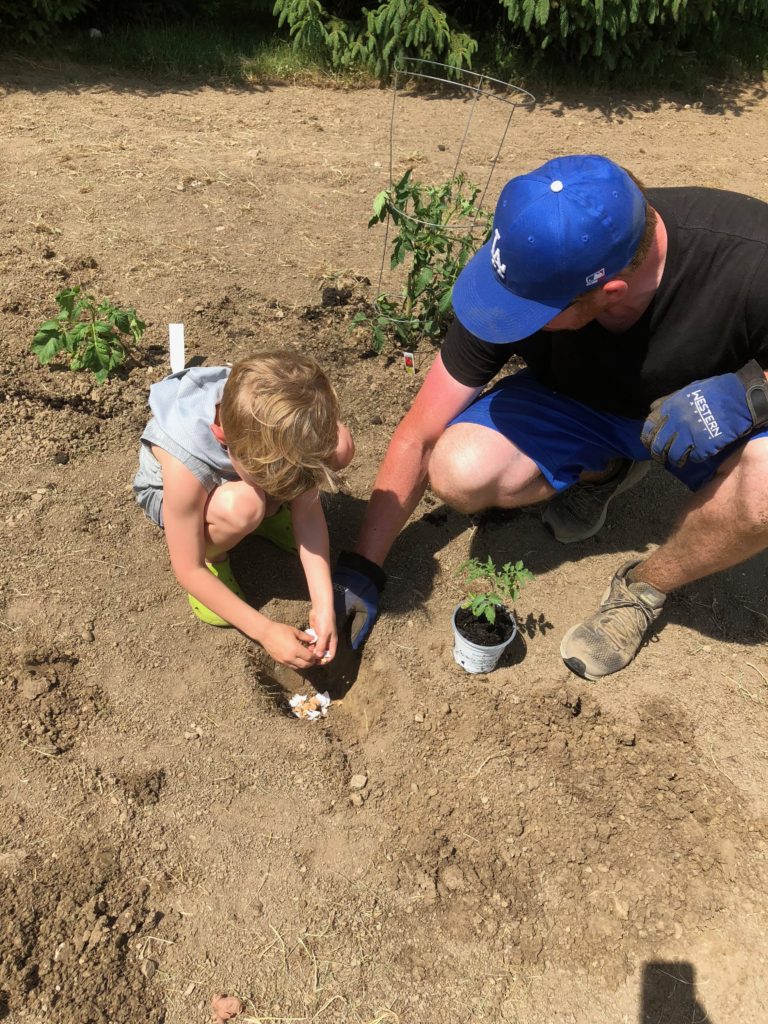
Example Post: Planting seeds for our family garden together! #whatRUdoing4EarthDay #plantseeds @helpingninjas

Example Post: Take a picture of something beautiful in nature! #natureisart #whatRUdoing4Earthday @helpingninjas
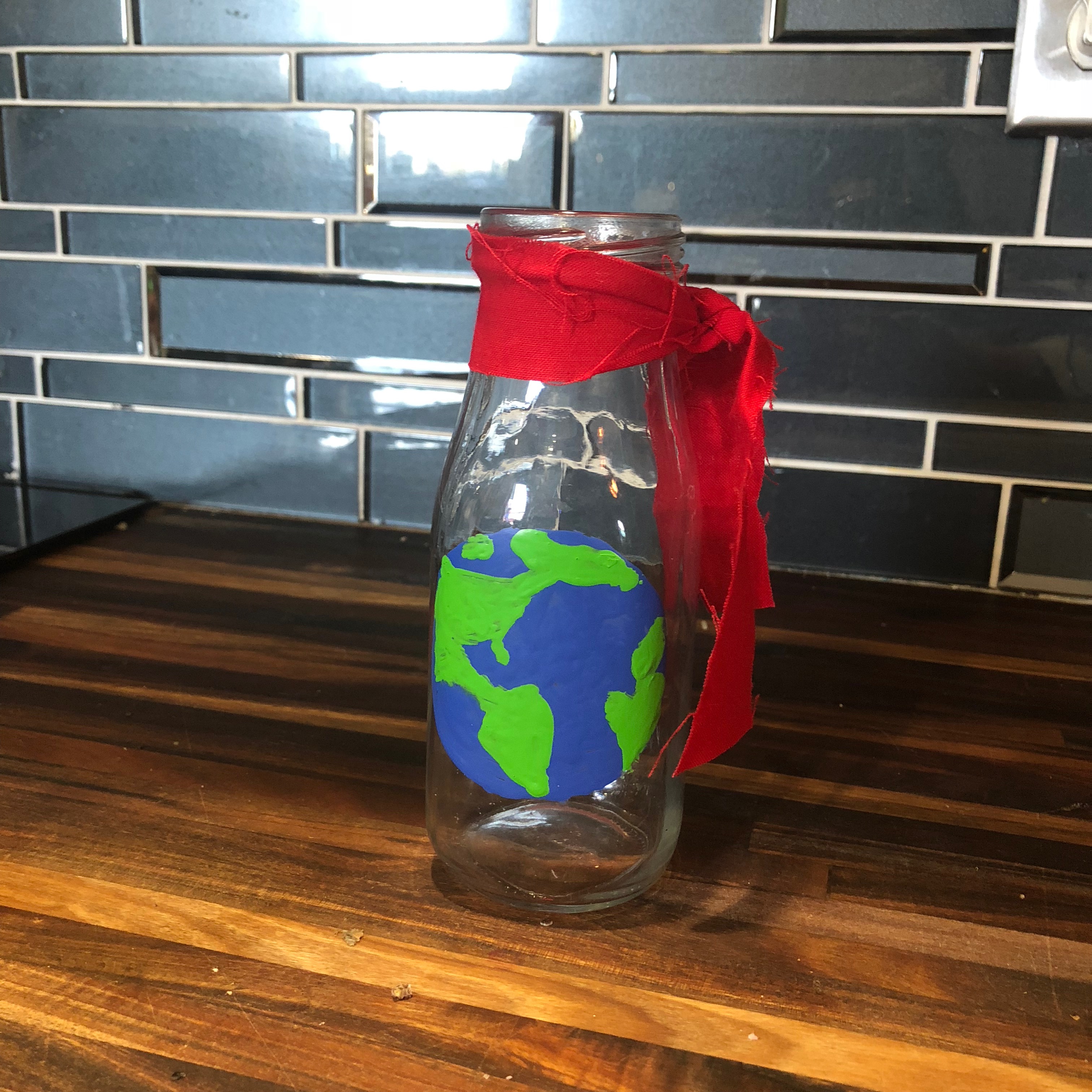
Example Post: Create Earth Art #EarthArt #whatRUdoing4EarthDay @helpingninjas
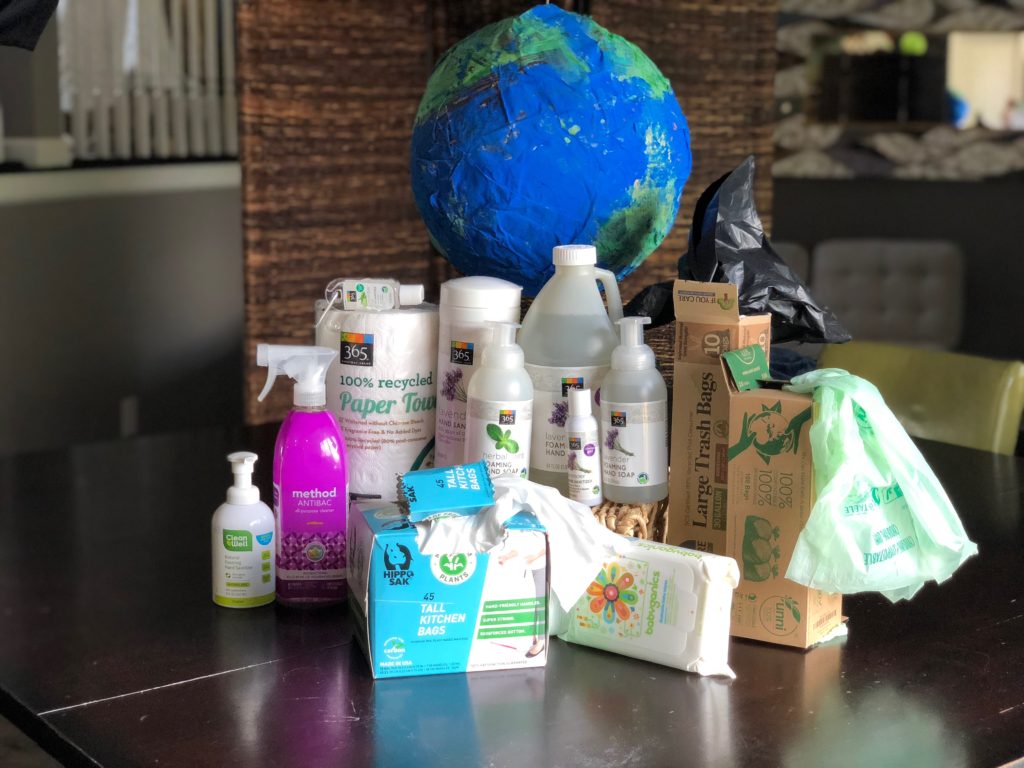
Example Post: Switch to all eco-friendly cleaning supplies! #Eco #GoGreen #EarthArt #whatRUdoing4EarthDay @helpingninjas

Example Post: Sharing harvested seeds with community! #seedswap #helpingninjas #whatRUdoing4EarthDay
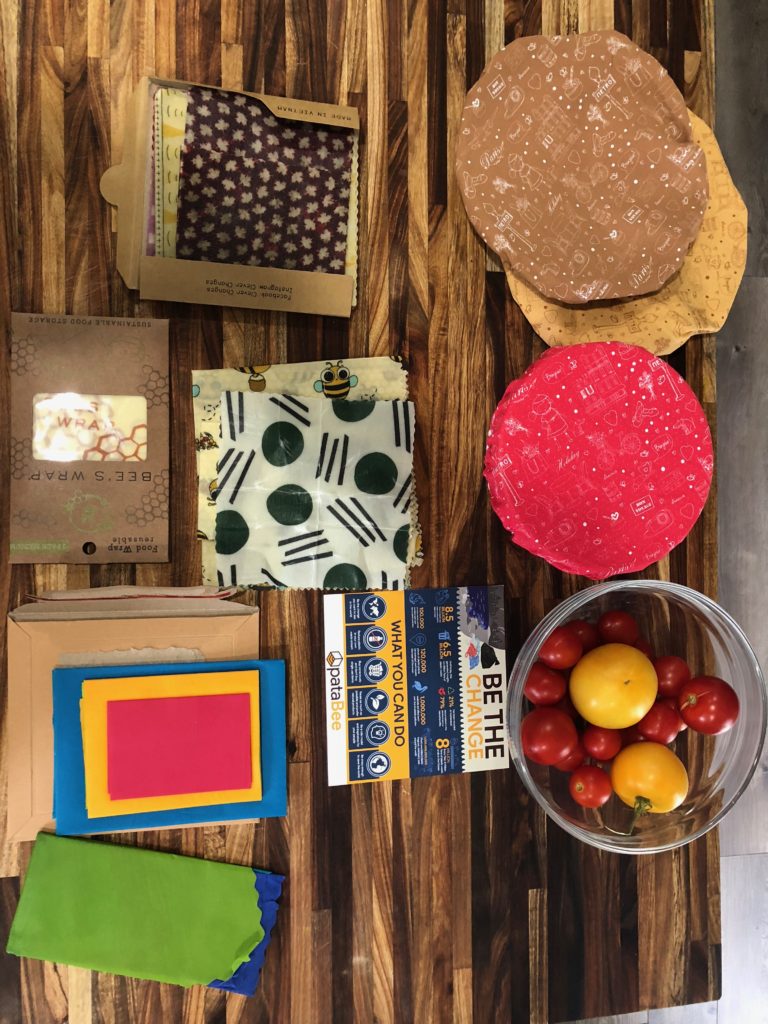
Chose Eco-Friendly Options 
Use Eco-Friendly Food Wrap 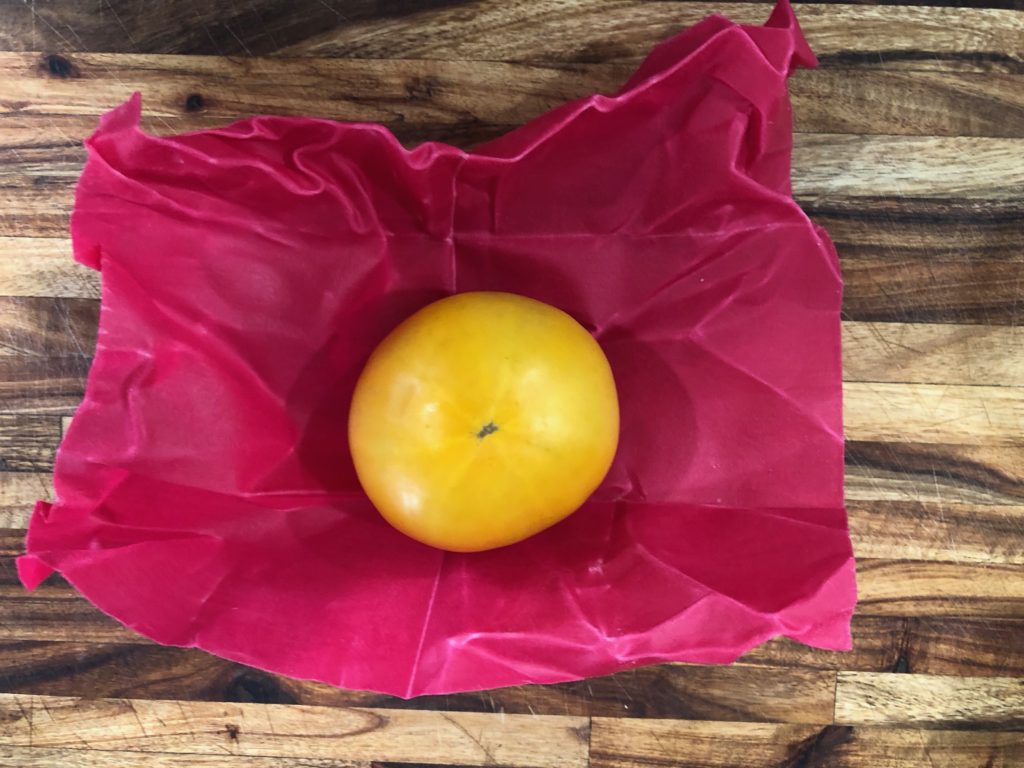
Plastic Alternatives,
Bees Wax
What are you doing for Earth Day?
What will you do to help the Earth and our environment? Learn, Help and Share your ideas with us! LearnHelpShare®Share ideas of how you are helping Earth, or your plans on Earth Day 2019, or share last year’s efforts! Others can learn, help and share!
Post Earth Day 2019 ideas to be featured! Post ideas on social media and tag:
#WhatRUdoing4EarthDay
Send us ideas of how you are helping Earth, our share your plans on Earth Day! Send ideas to info@helpingninjas.com to be featured on our blog!
Earth Day 2019 Helping Ninjas in Carmel, IN Leo Berry, Helping Ninjas founder and creator – and his family, and fellow ninja classmates, will be installing Carmel Clay School district first-ever Farm-To-Table school cafe organic garden. The cafe garden, also a first in Hamilton County, Leo and the CCS elementary school hope to serve as inspiration for other schools in the area.
Learn more about our Farm To Table project with Carmel Clay Schools Cafe and Garden Director
What are you doing for Earth Day?
Join us, accept the Helping Ninjas Mission: Earth Day 2019 Challenge. Help us create awareness! Help our planet by doing something good for the Earth! Post your picture #WhatRUdoing4EarthDay and tag @helpingninjas
Here’s how to join the fun!
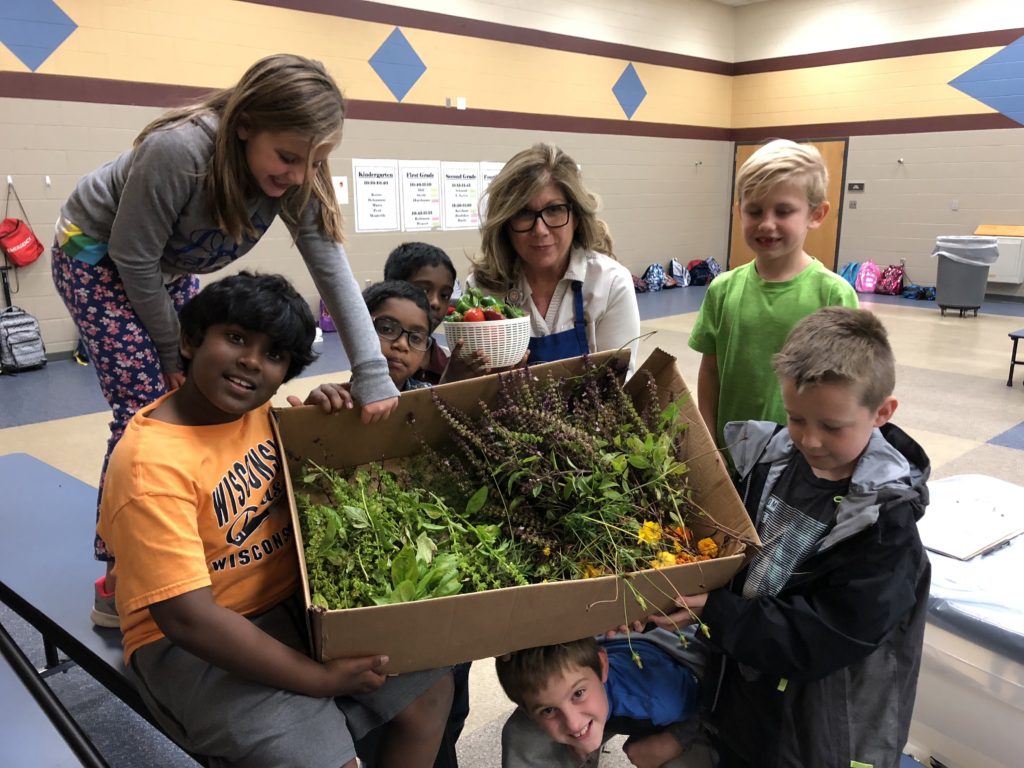
#gardening #whatRUdoing4EarthDay @helpingninjas
Helping Ninja Earth Day Challenge:
Post your picture on social media or submit to us at info@helpingninjas.com.
Selected submissions will be posted on our website to share!
Like picking up trash, planting a tree, or flowers! Or even making a poster showing ways or telling about things you can do to help our planet Earth!
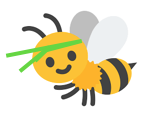
Helping Ninja Emojis!
Draw your version of a Helping Ninja emoji and send to us! info@helpingninjas.com
All art is encouraged! To submit artwork related to nature and/or ways to help the Earth. Such as a flower, someone picking up trash, ocean pollution, coral reef, etc…send to info@helpingninjas.com
We are currently looking for Earth Day Blog Submissions. Children, helping ninja moms and dads and teacher – all community members! Anyone can be a helping ninja! Send entires to info@helpingninjas.com.
Earth Day Blog Posts Ideas:
- What does Earth Day mean to you?
- Submit one idea that someone could do at home for Earth Day. Typed, Hand Written, original artwork or pictures excepted
- Write one interesting fact (or more) related to helping our environment! Topics such as plastic pollution, solutions to sustainable environment, endangered species, replenishing soil, importance of plants, reducing waste, pollution or conservation- all ideas are welcomed!
- What is Compost?
What is vermicomposting? Typed, Hand Written, original artwork or pictures excepted - Make a list of items from your home that are compostable – perishable and non-perishable items.
Need Earth Day ideas? Check out what Helping Ninjas did on Earth Day 2018
See More Rock For A Cause, Earth Day 2018, Food Rescue and Reduce Waste

